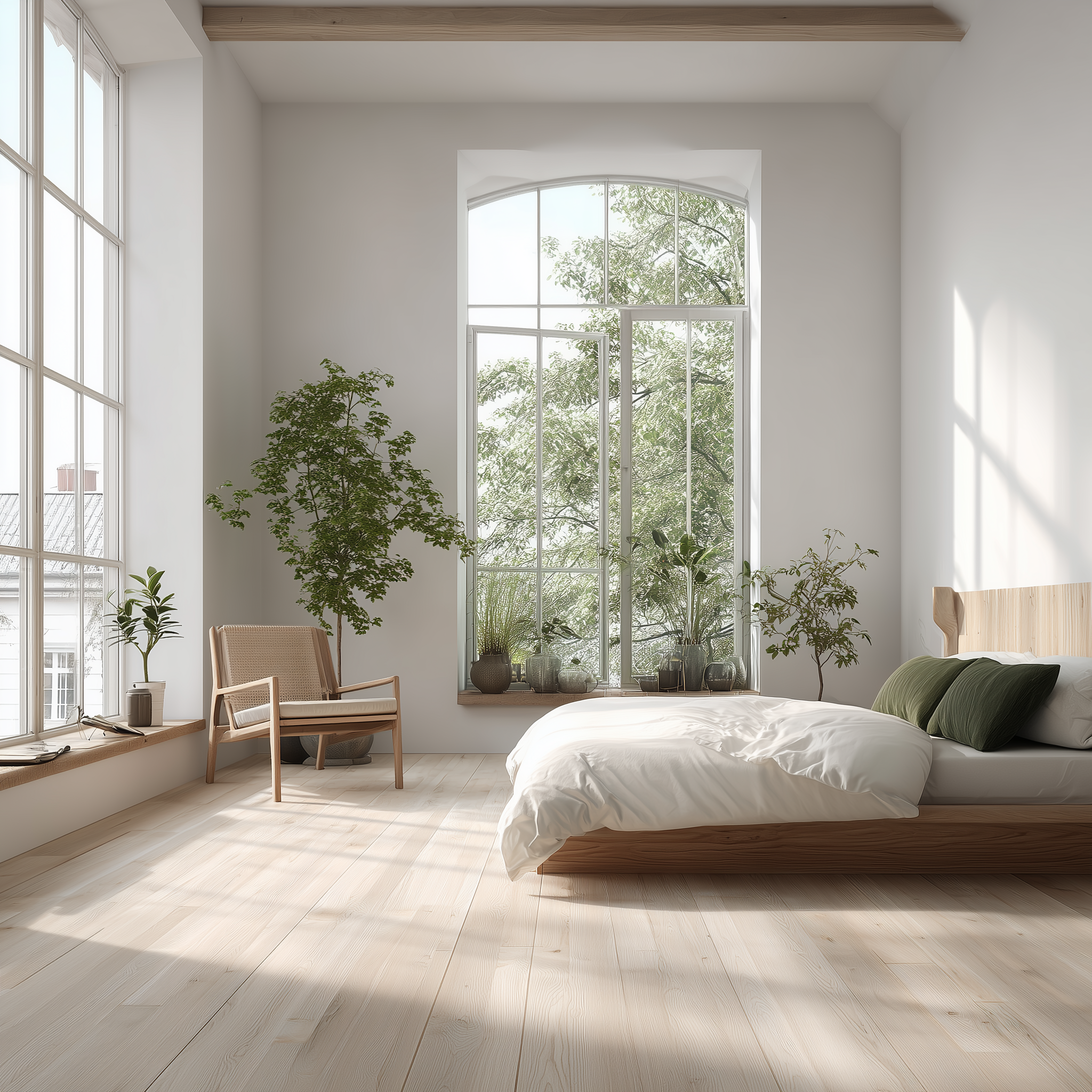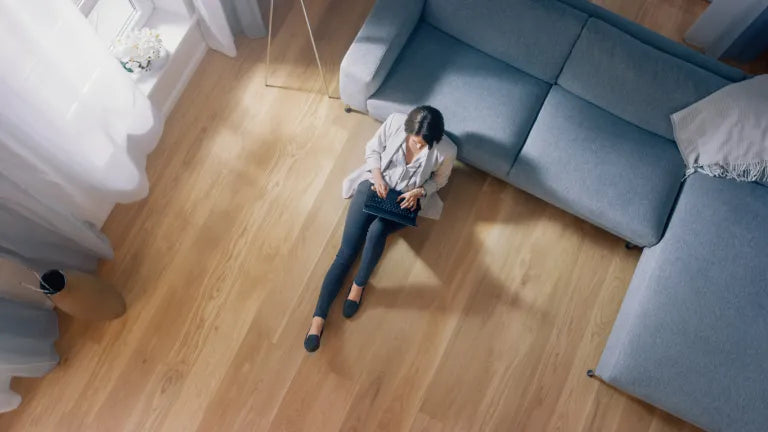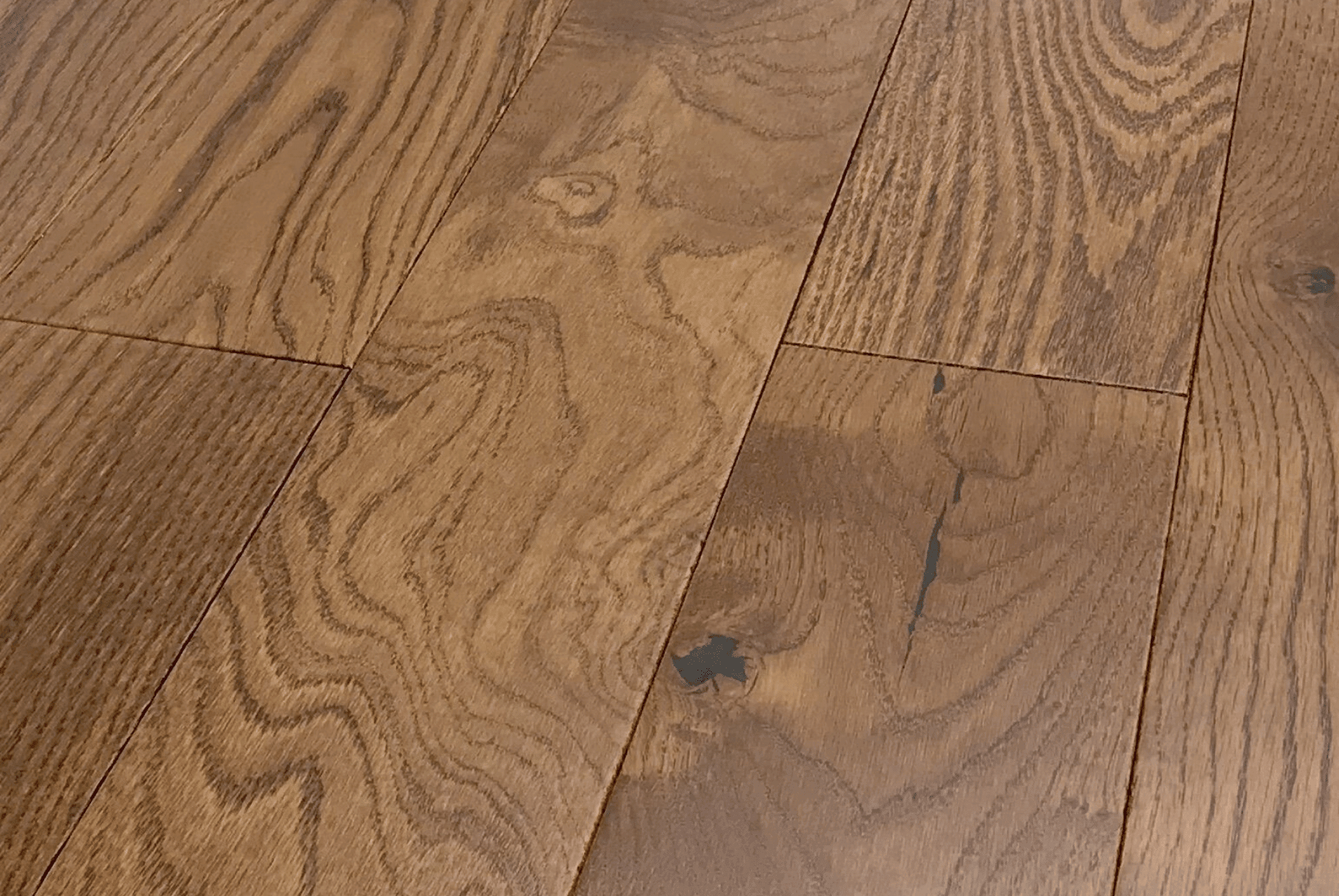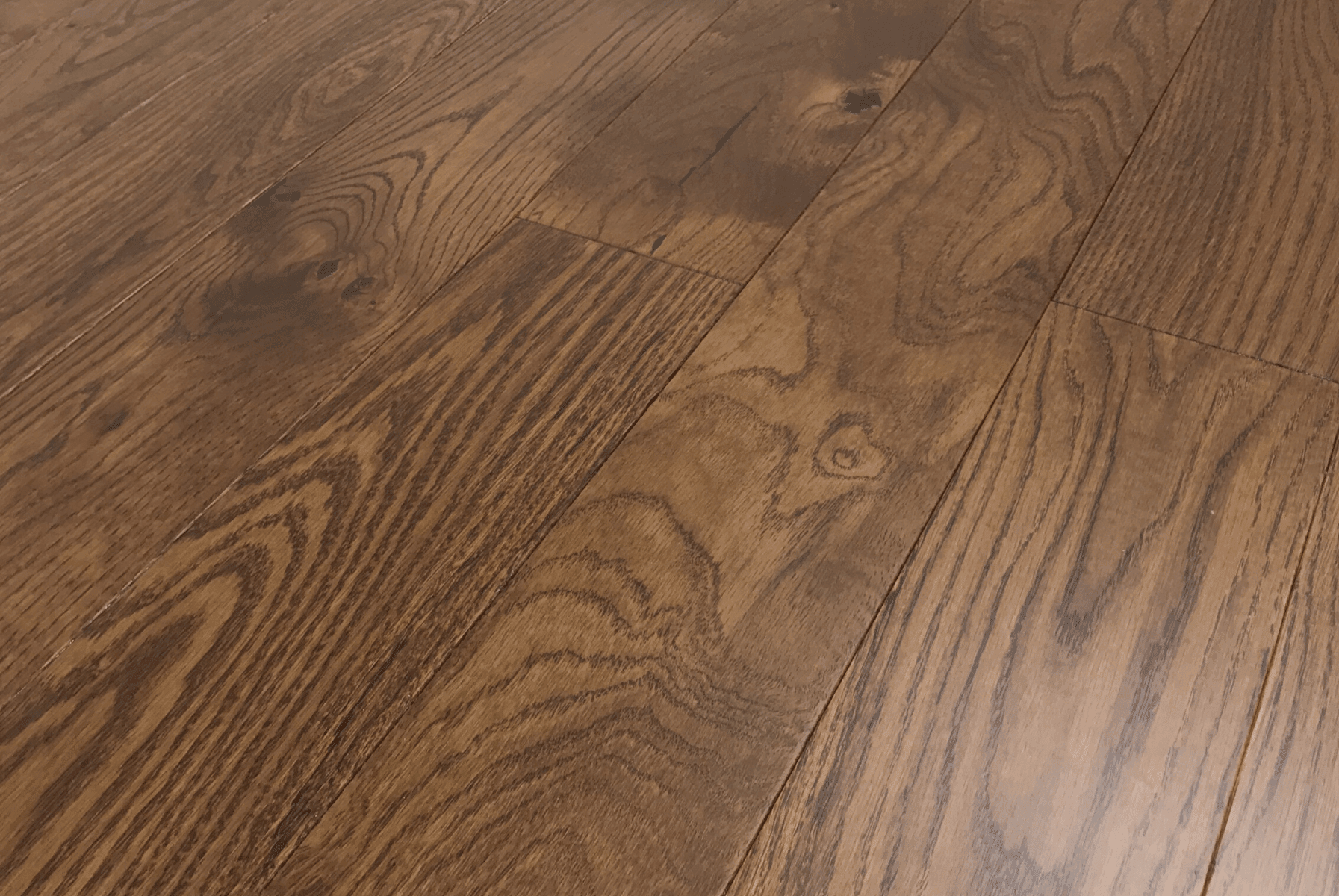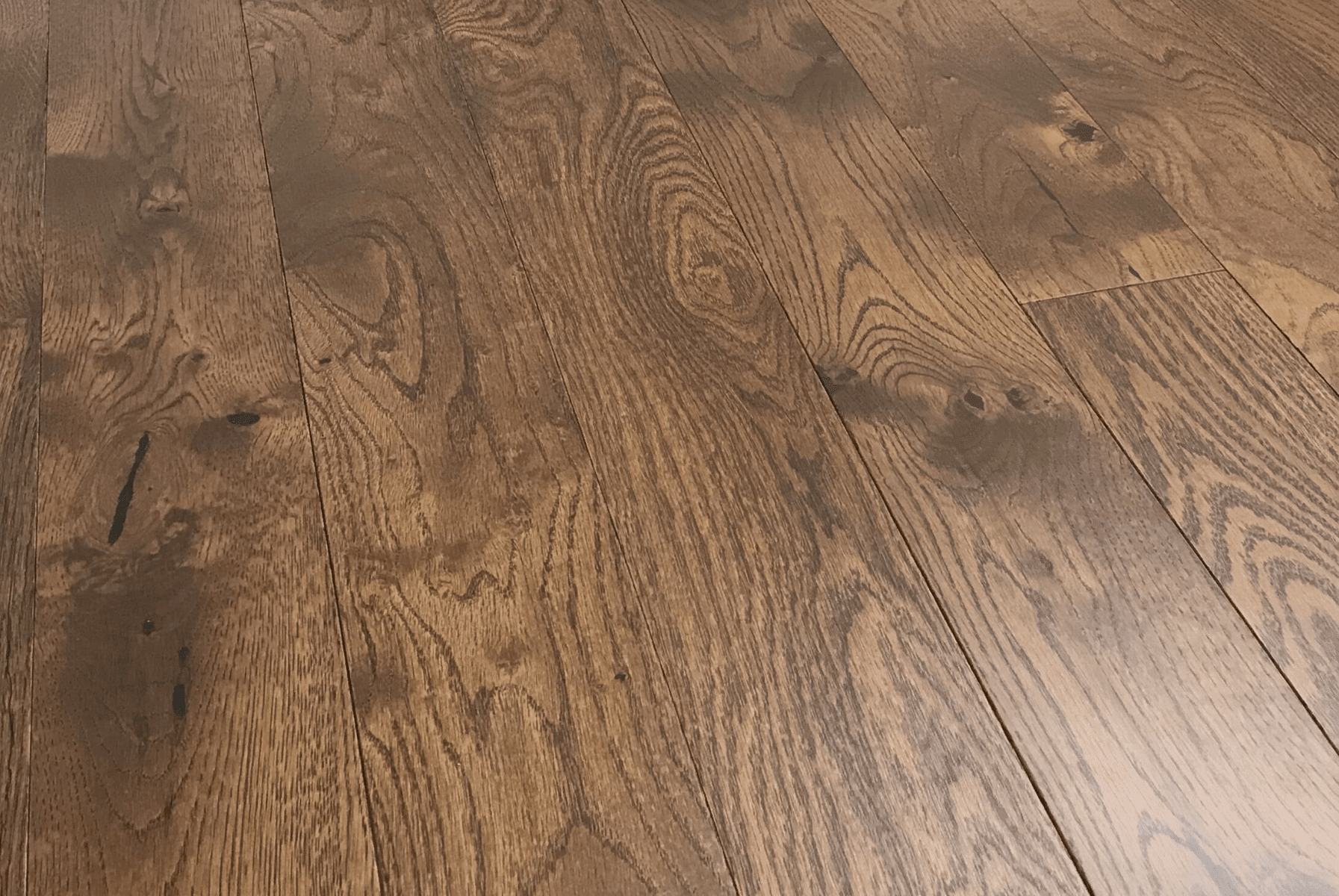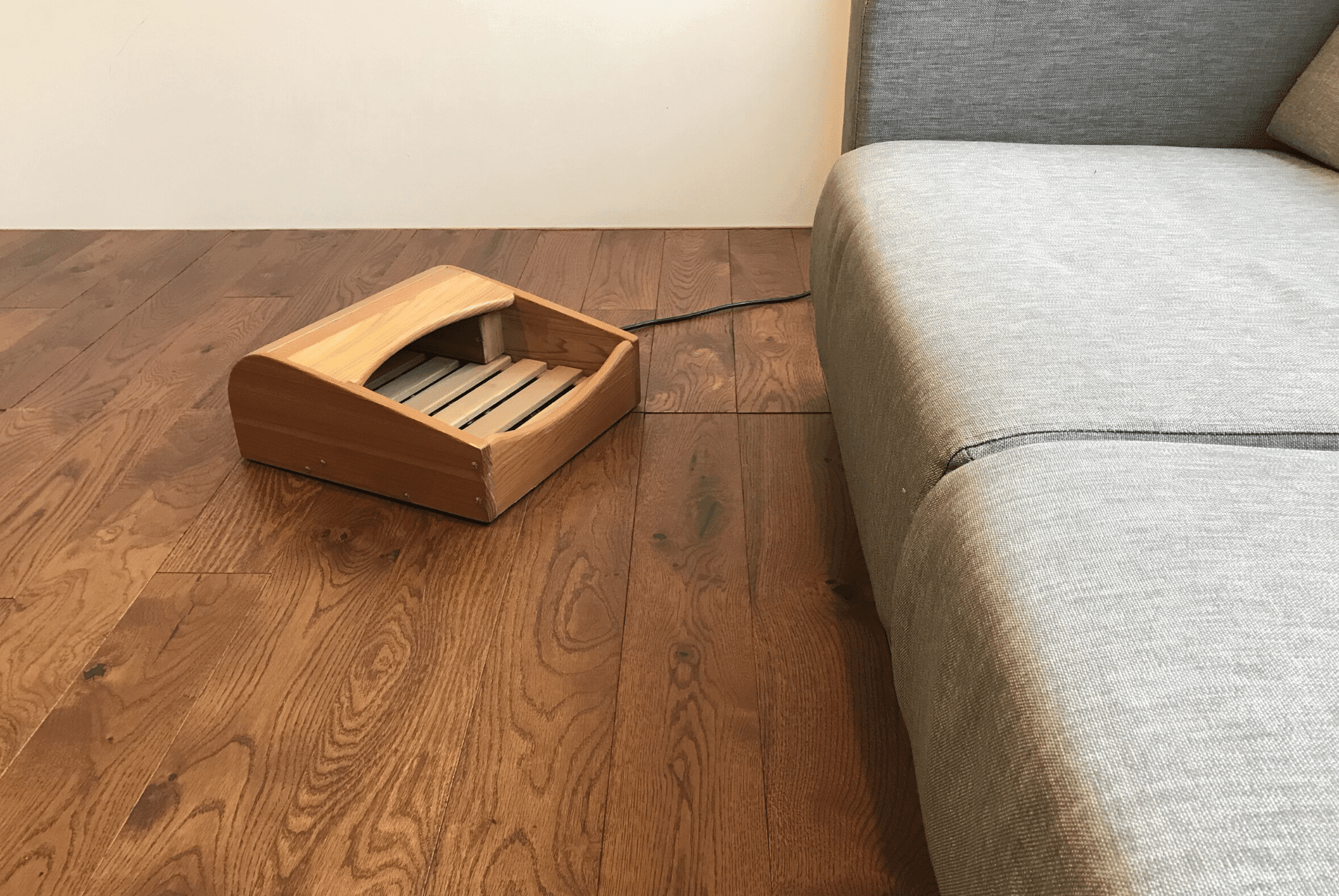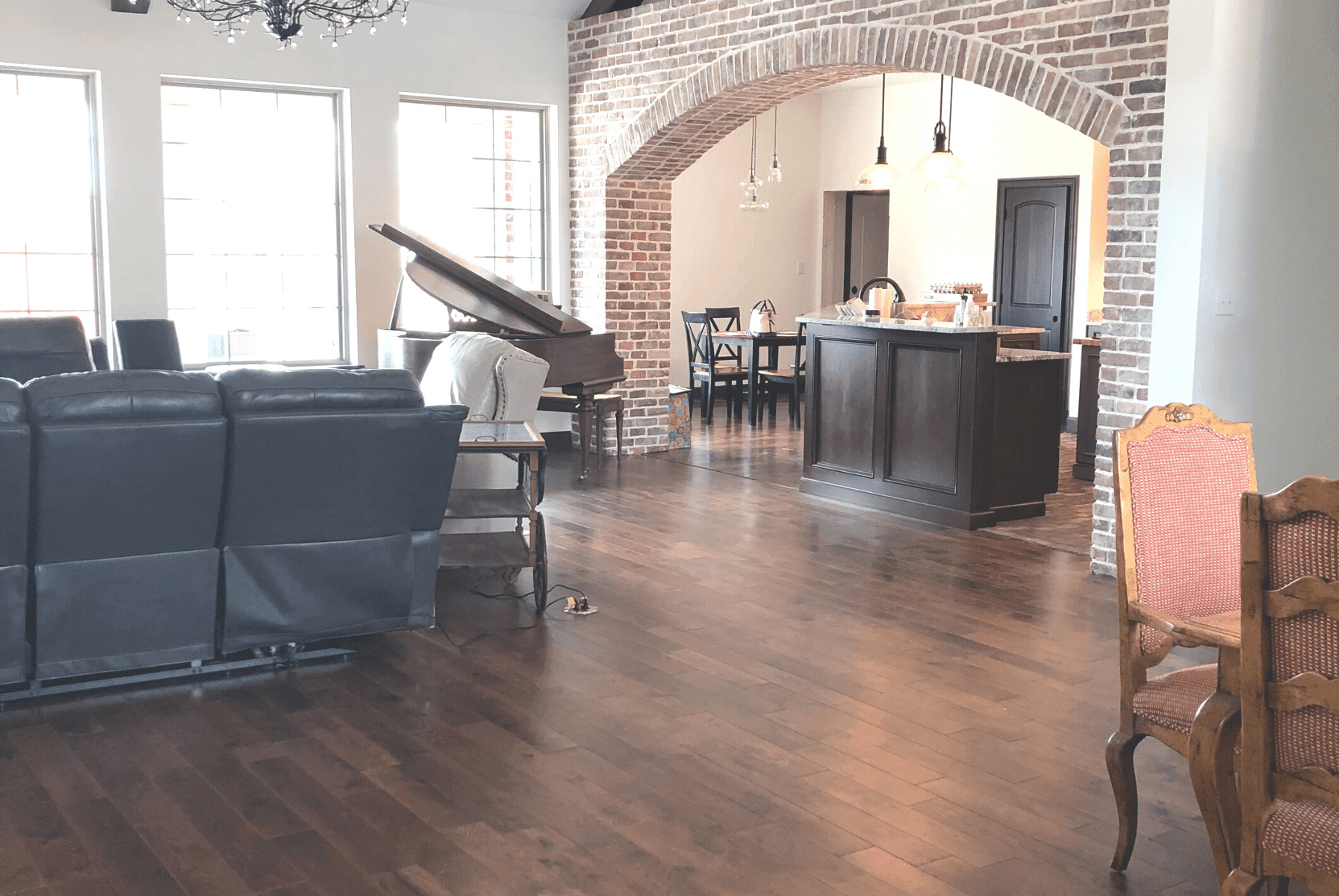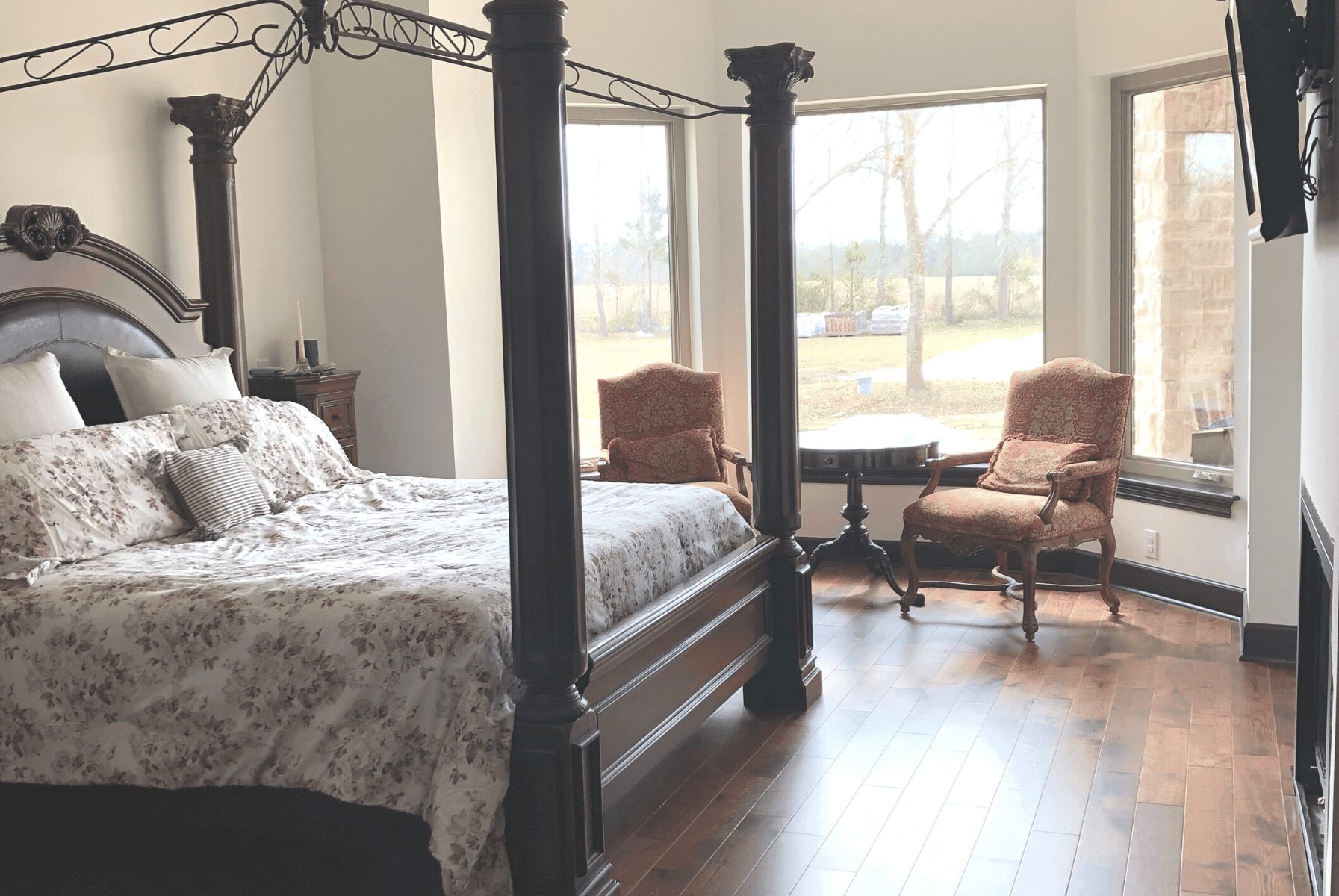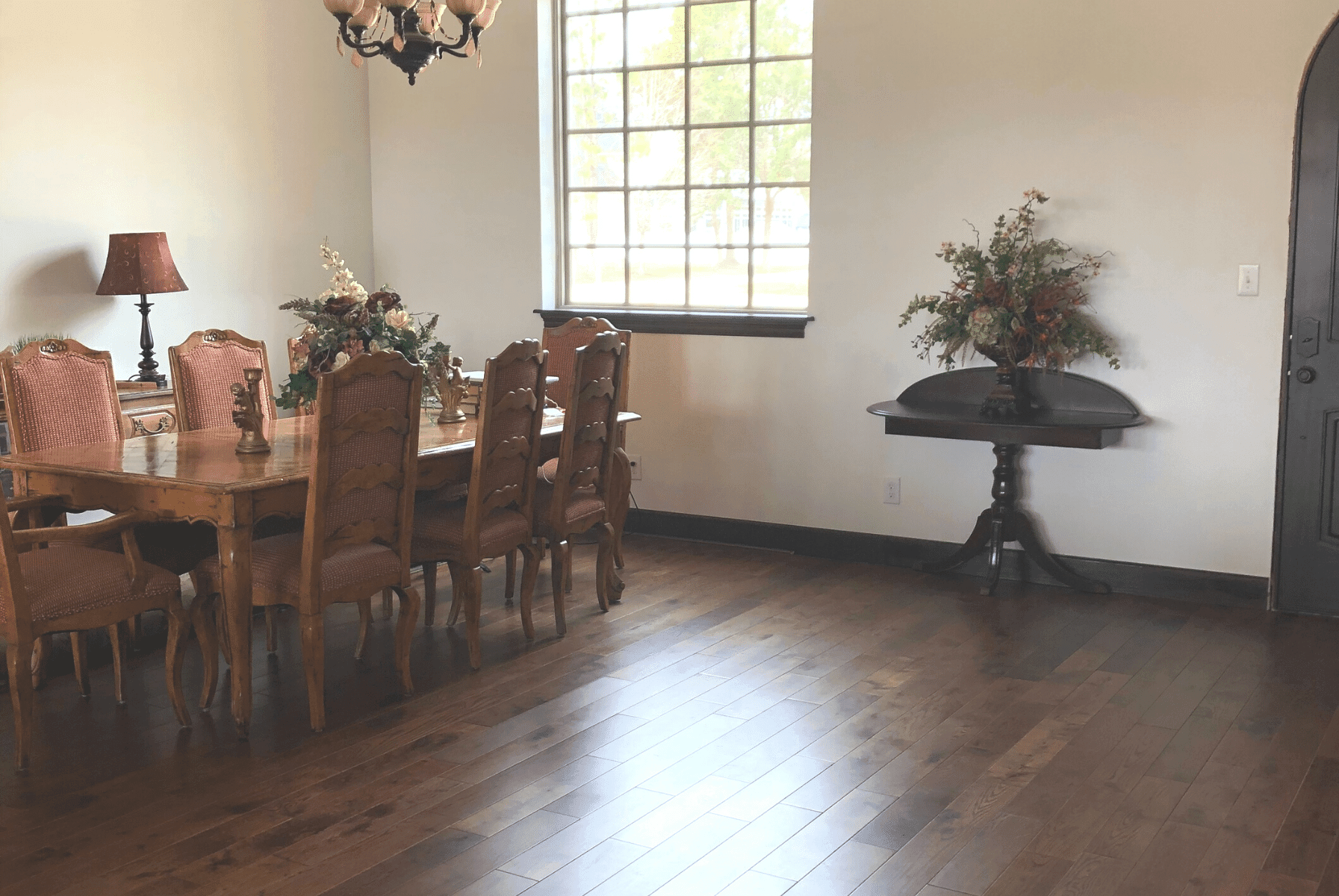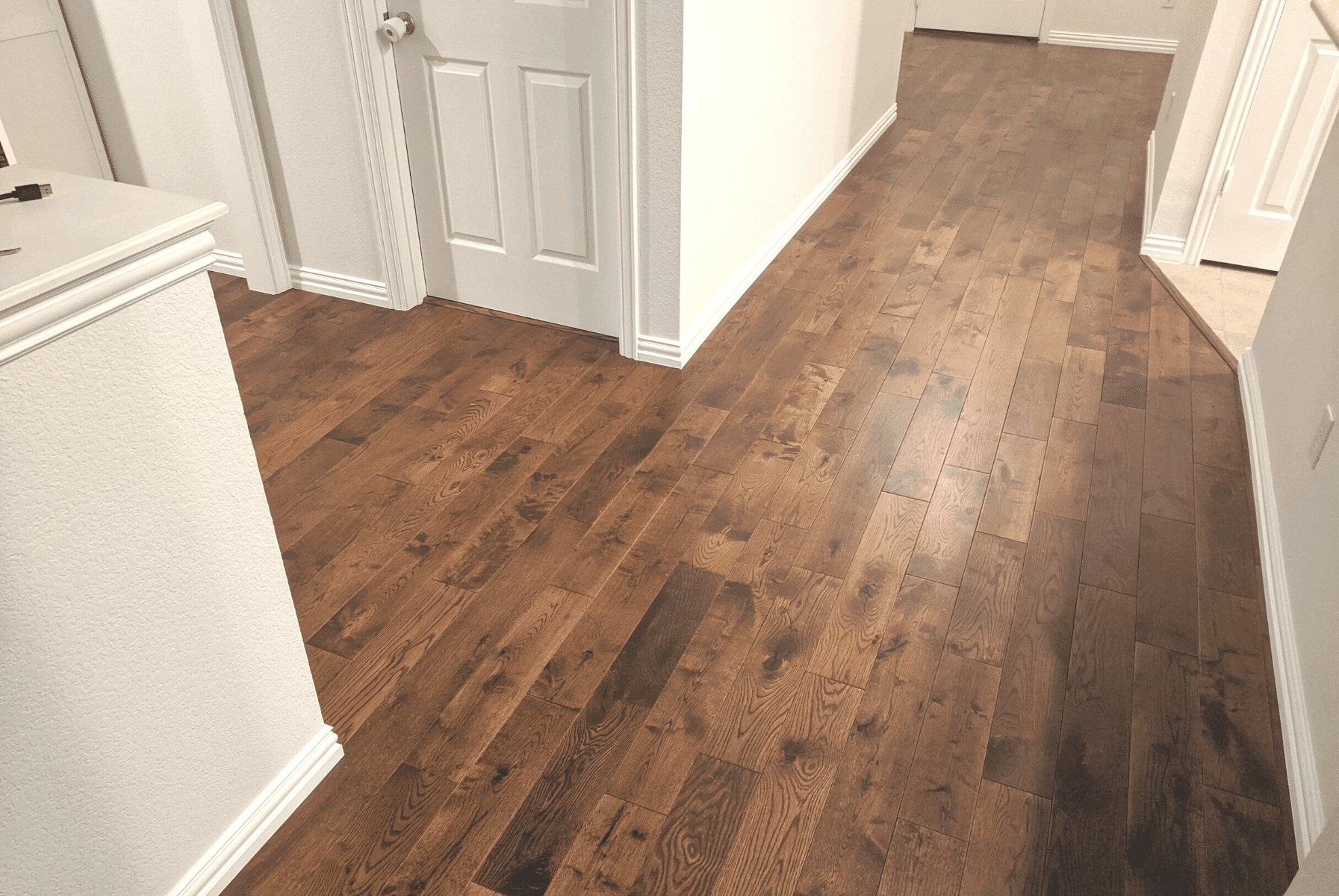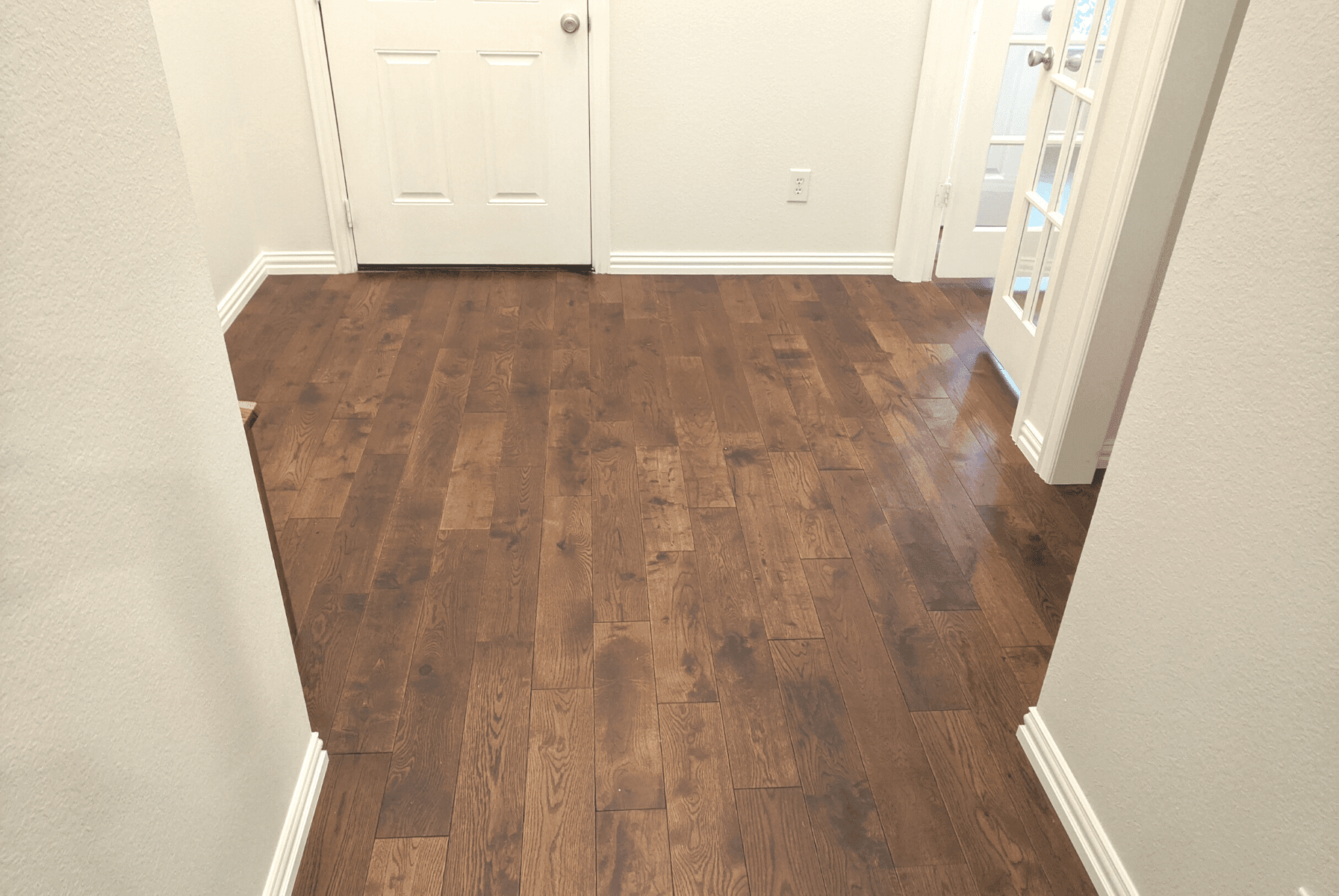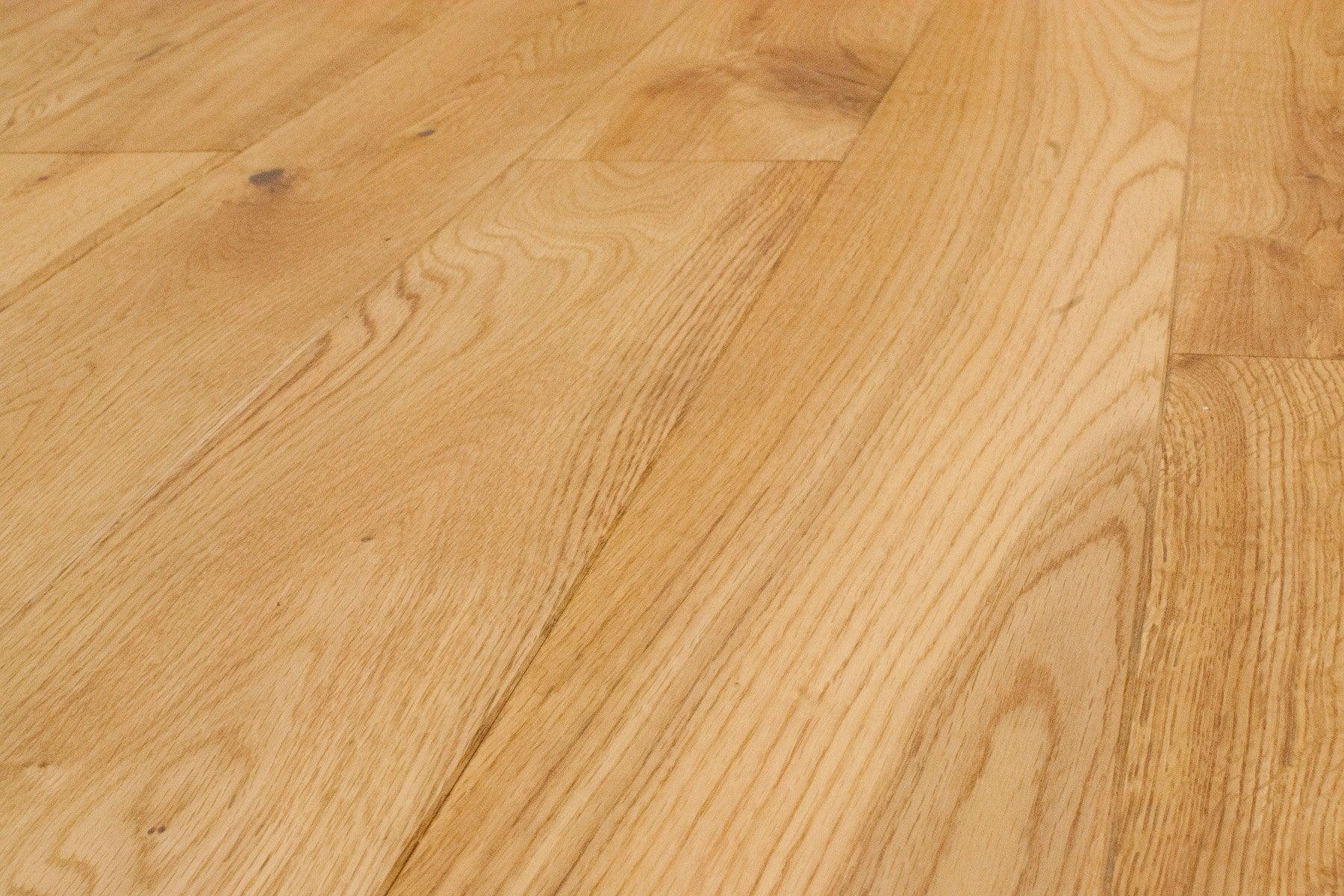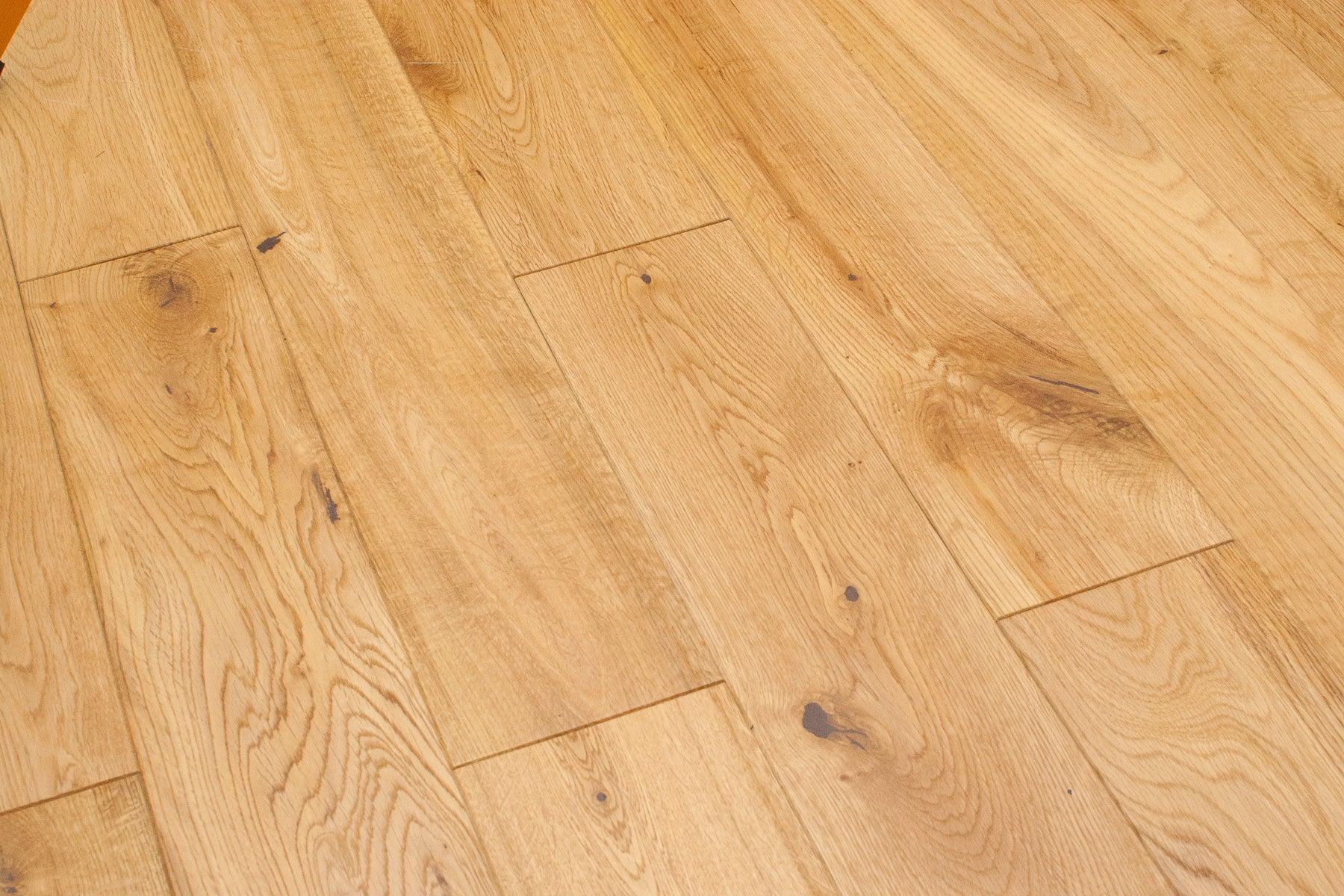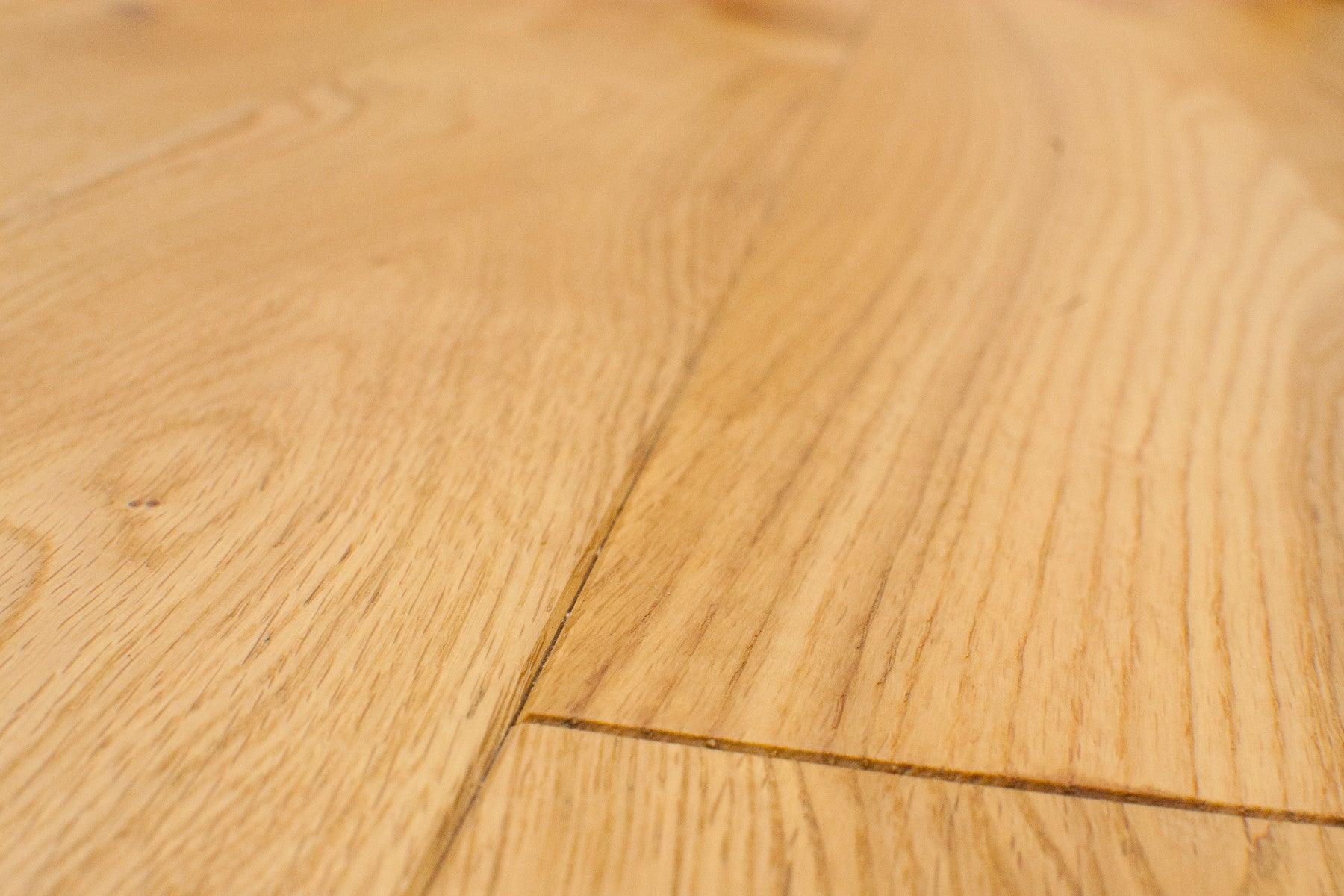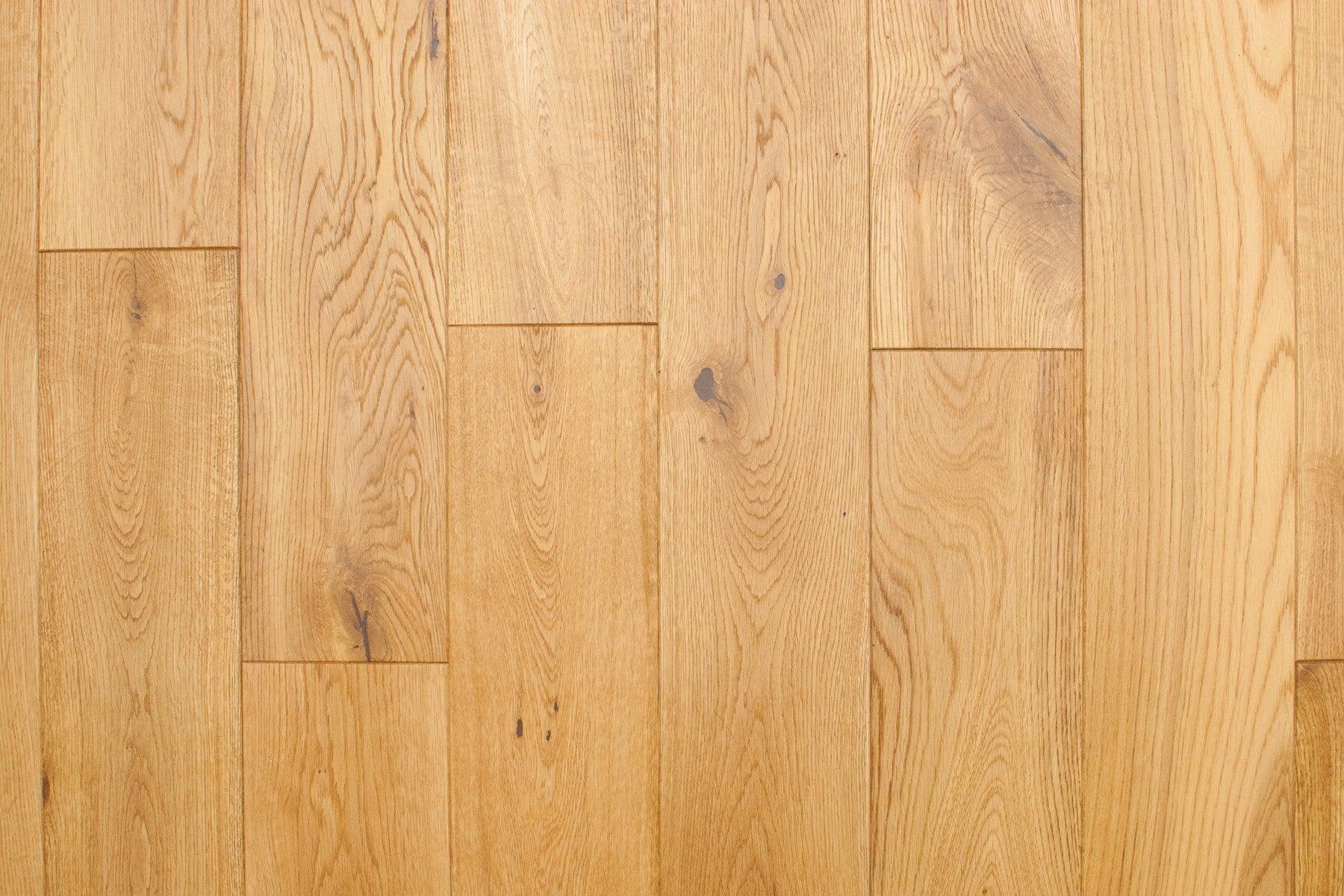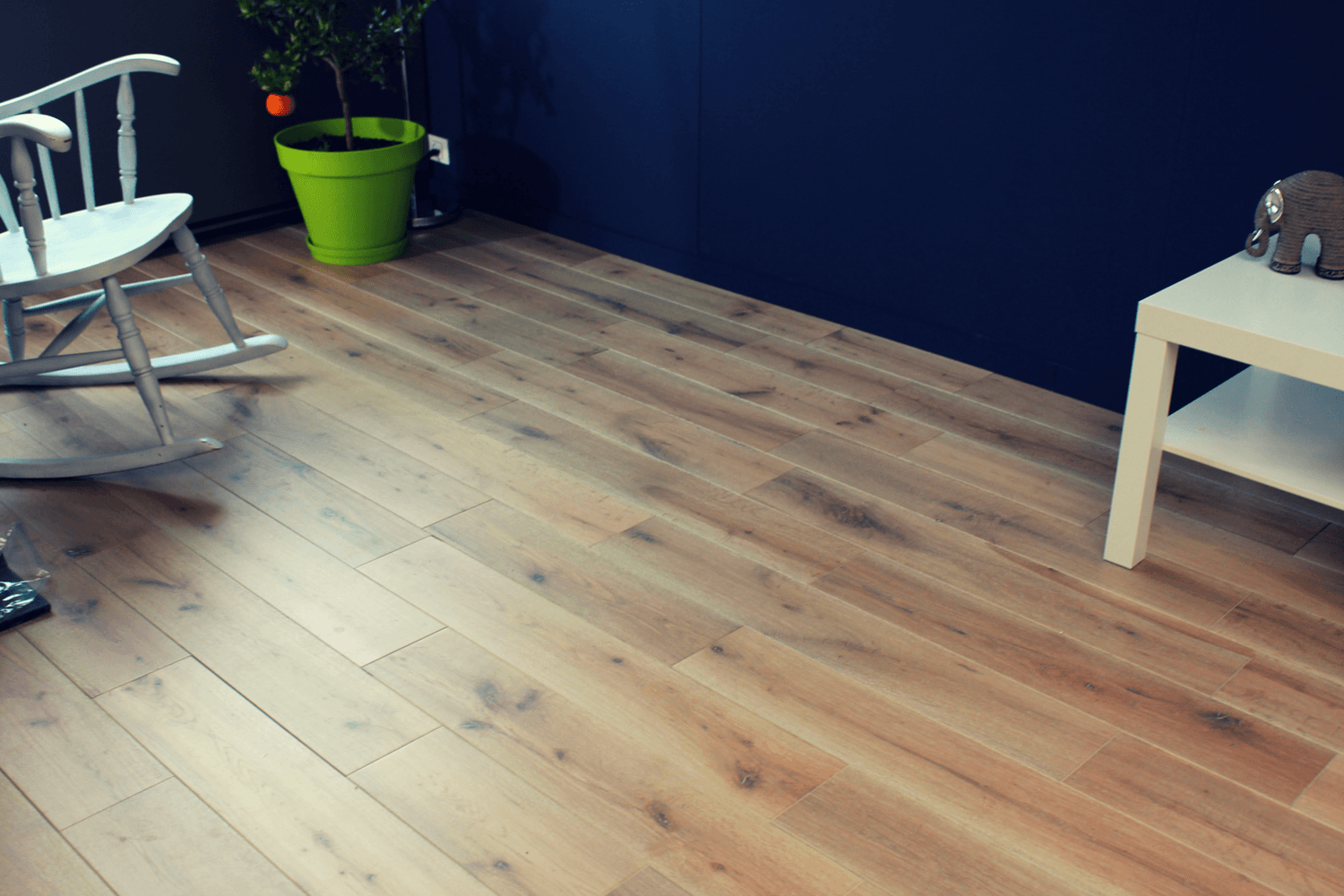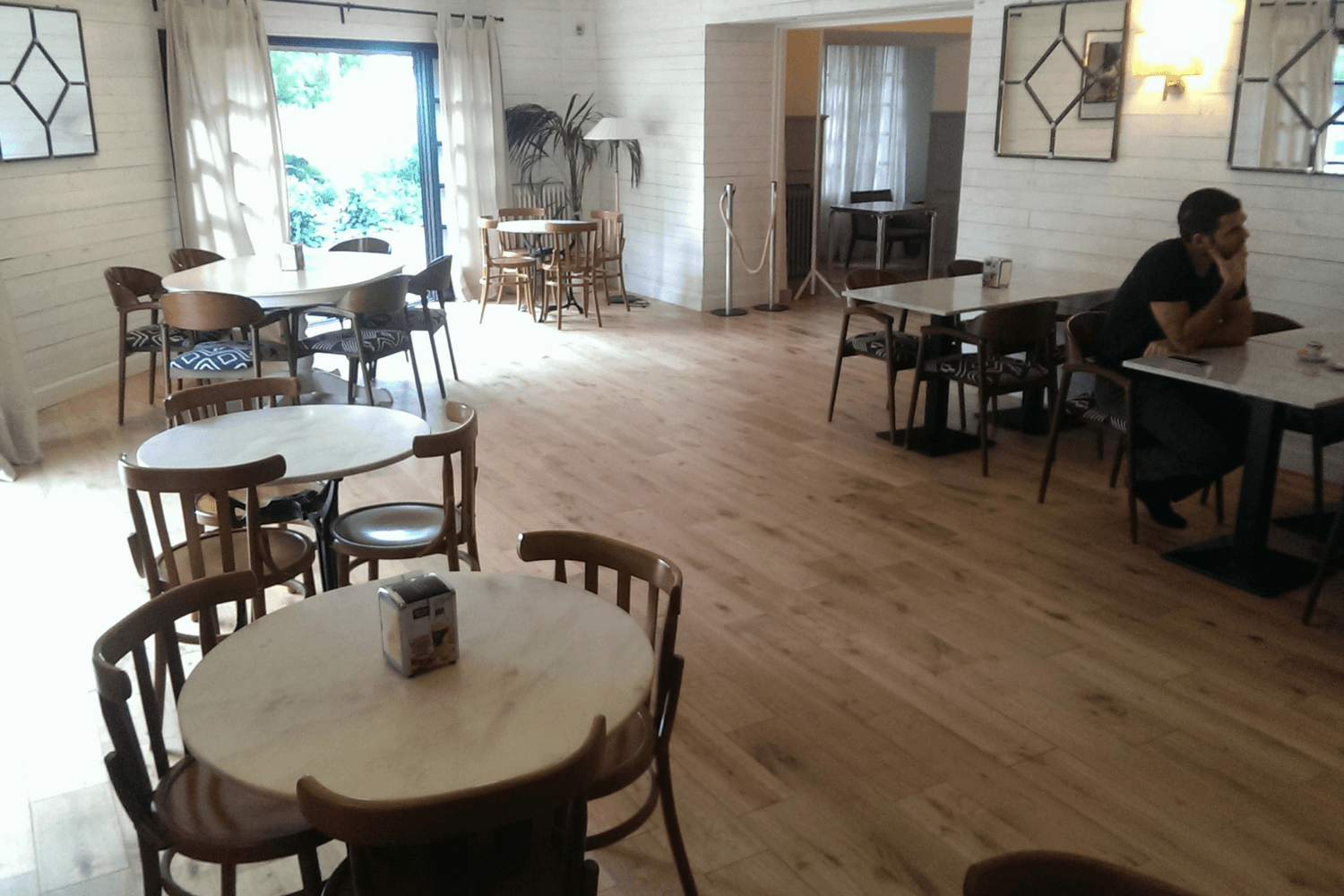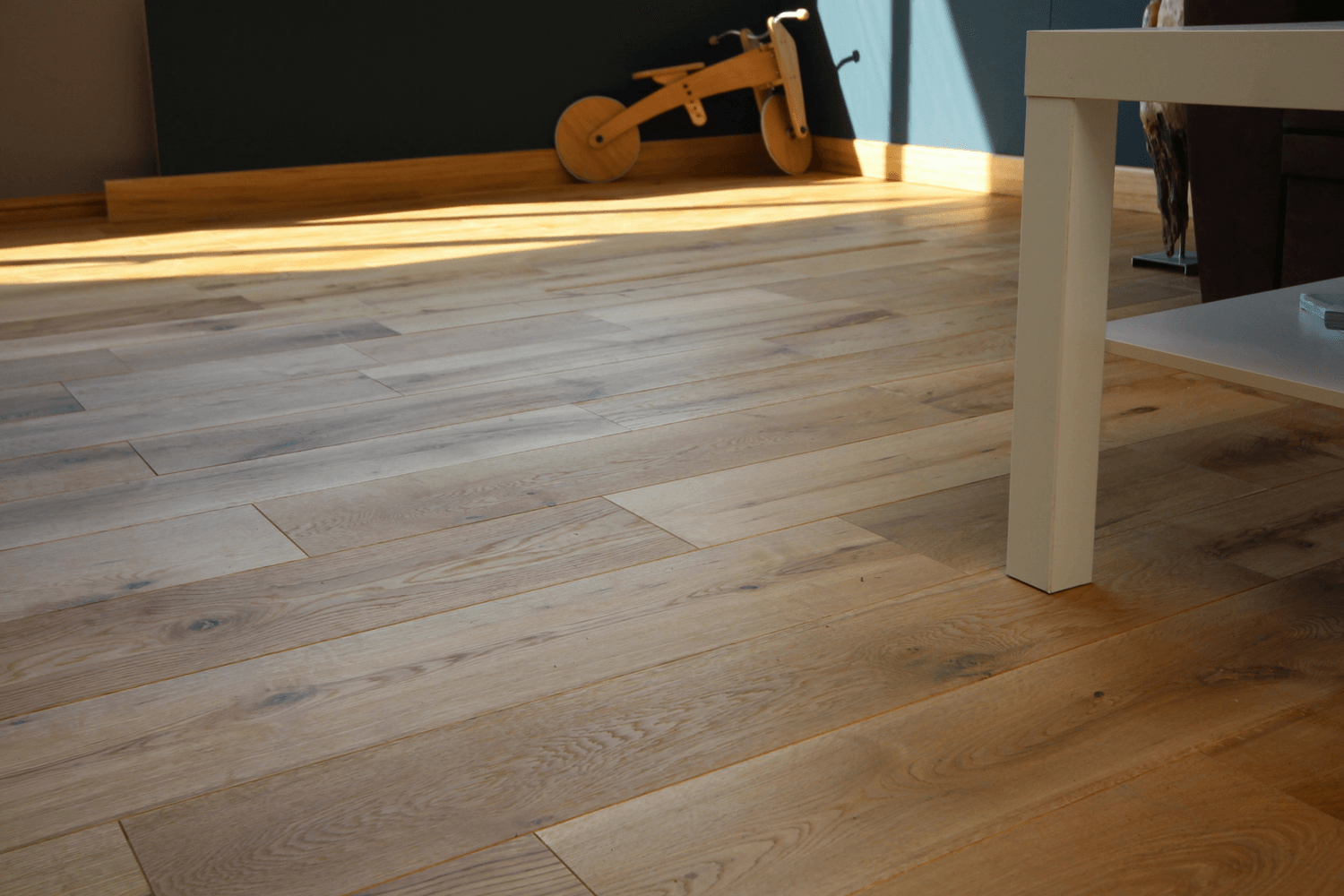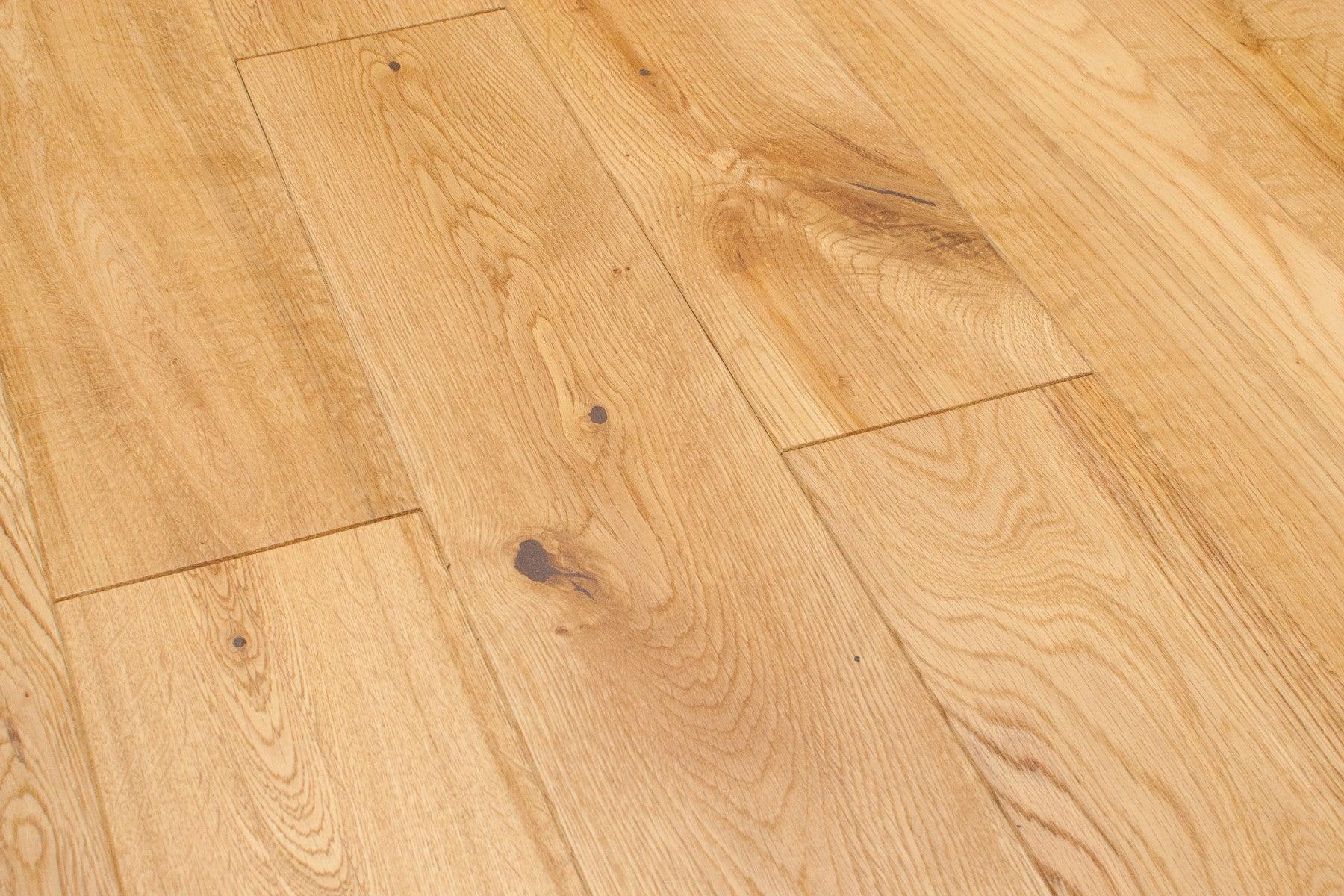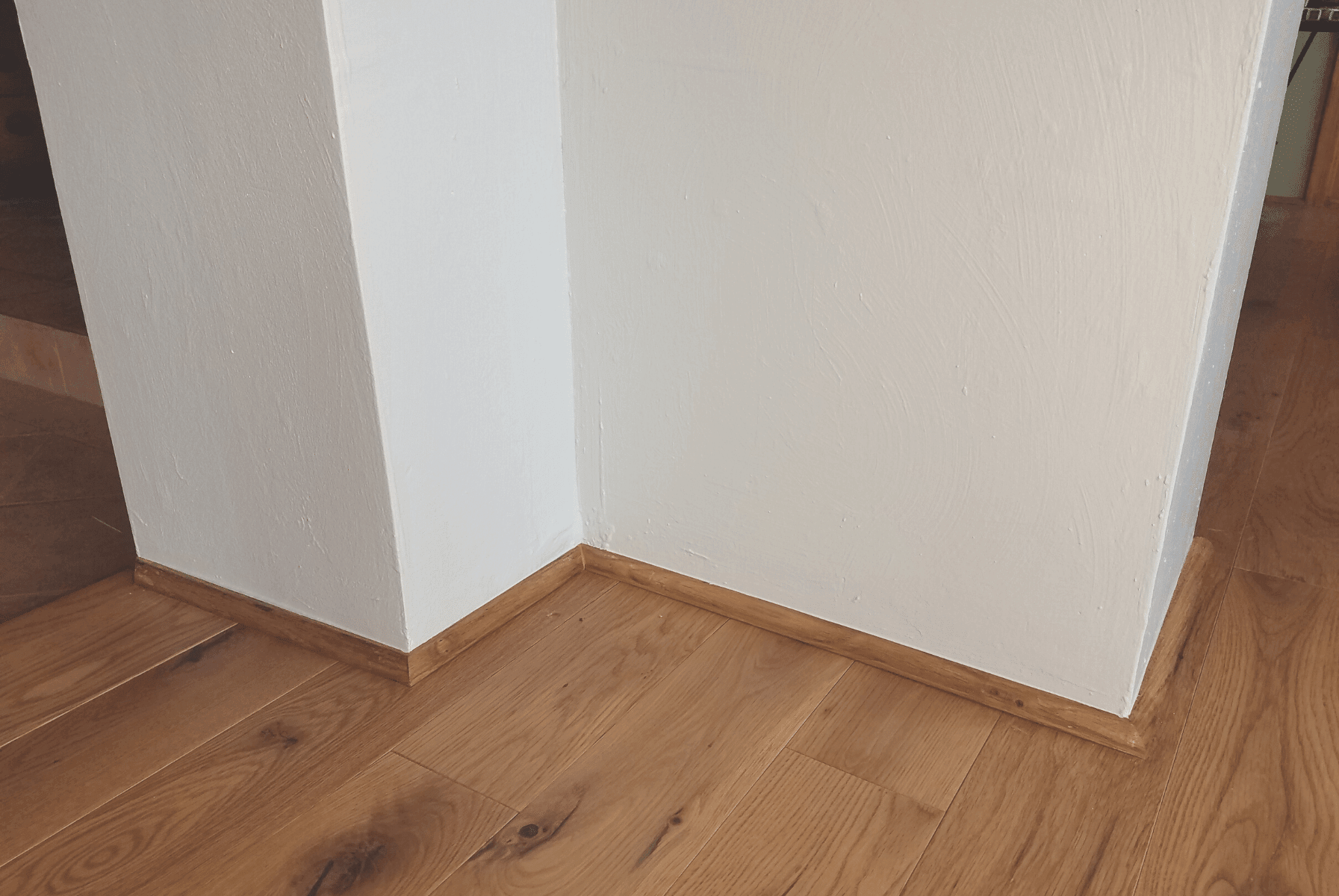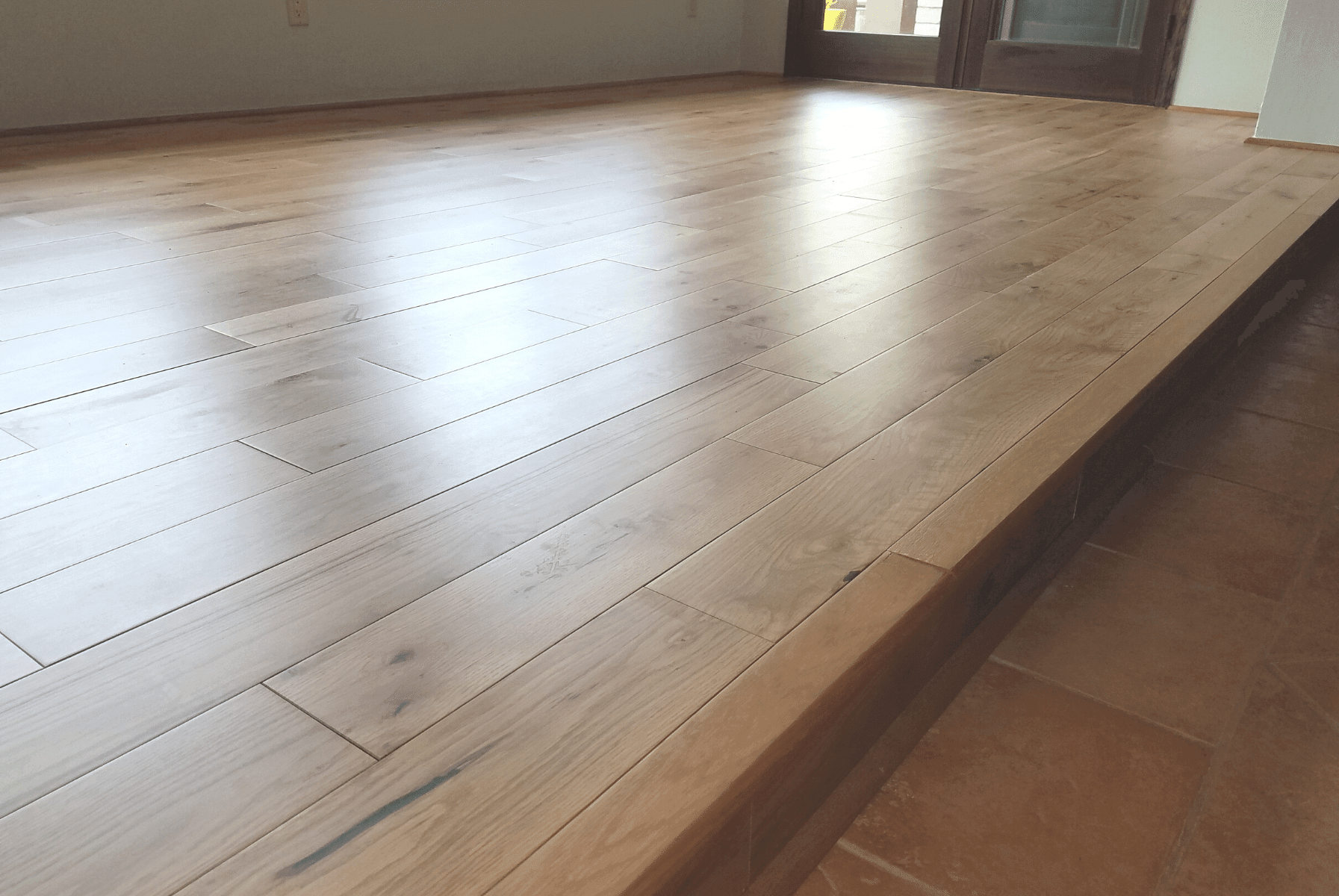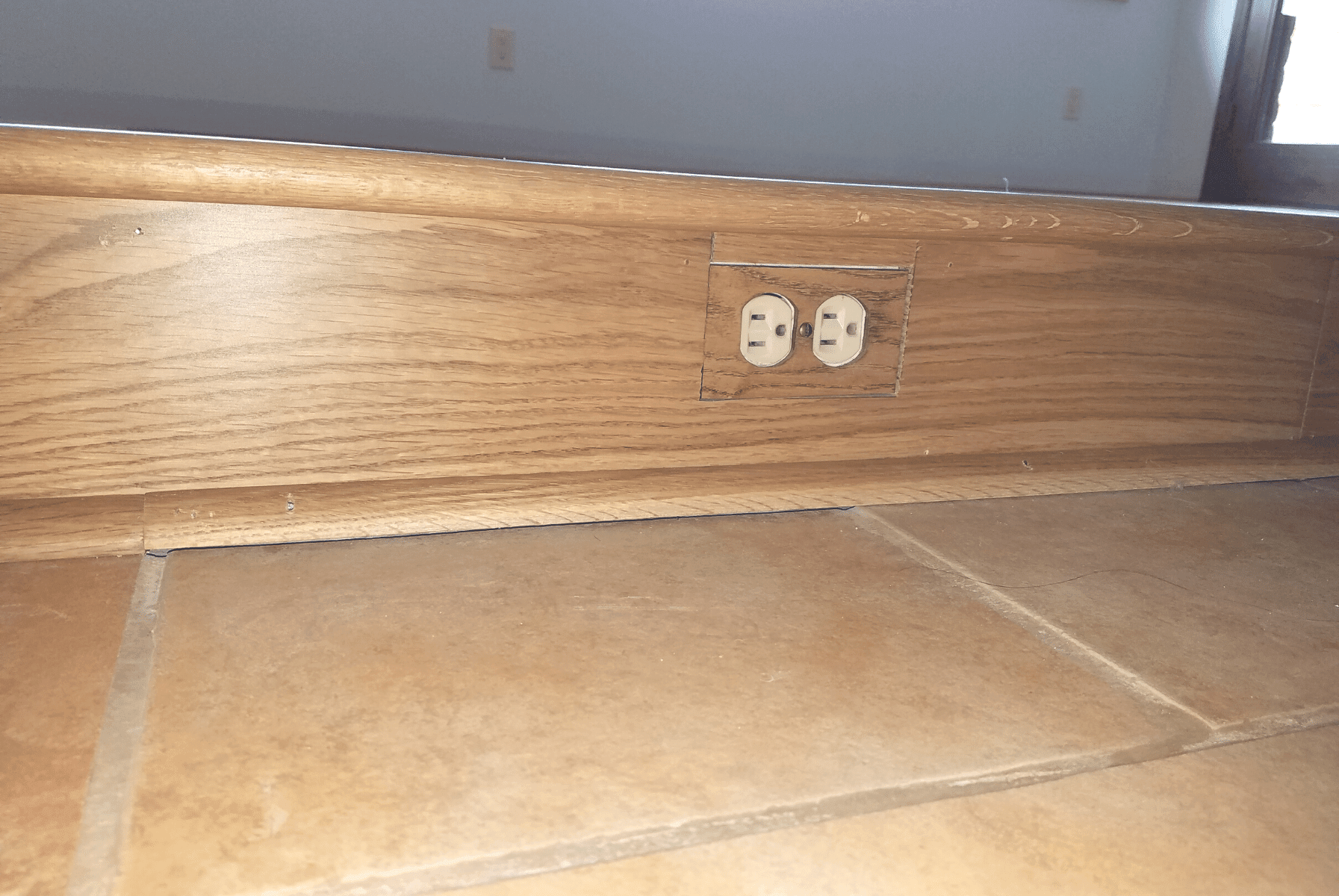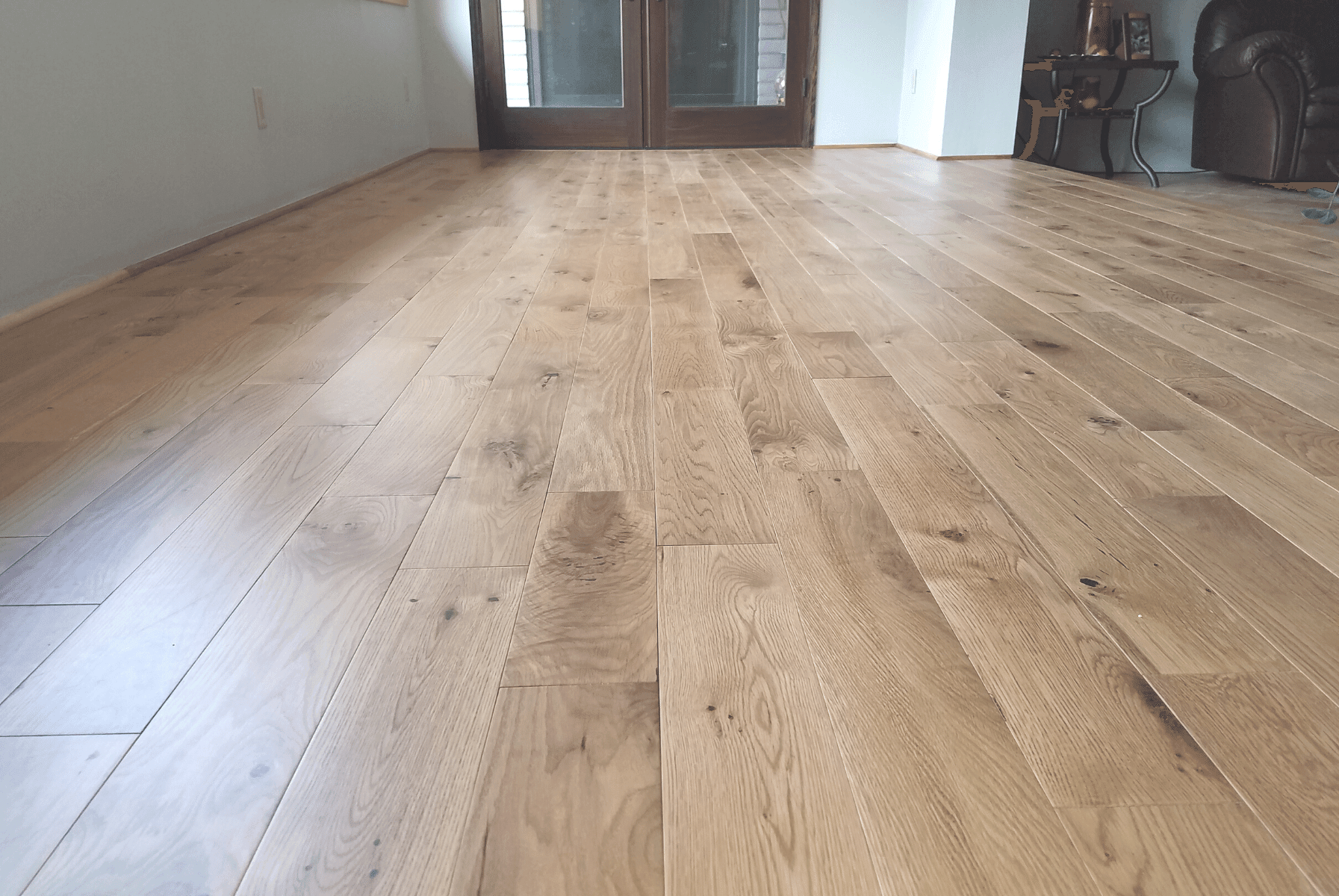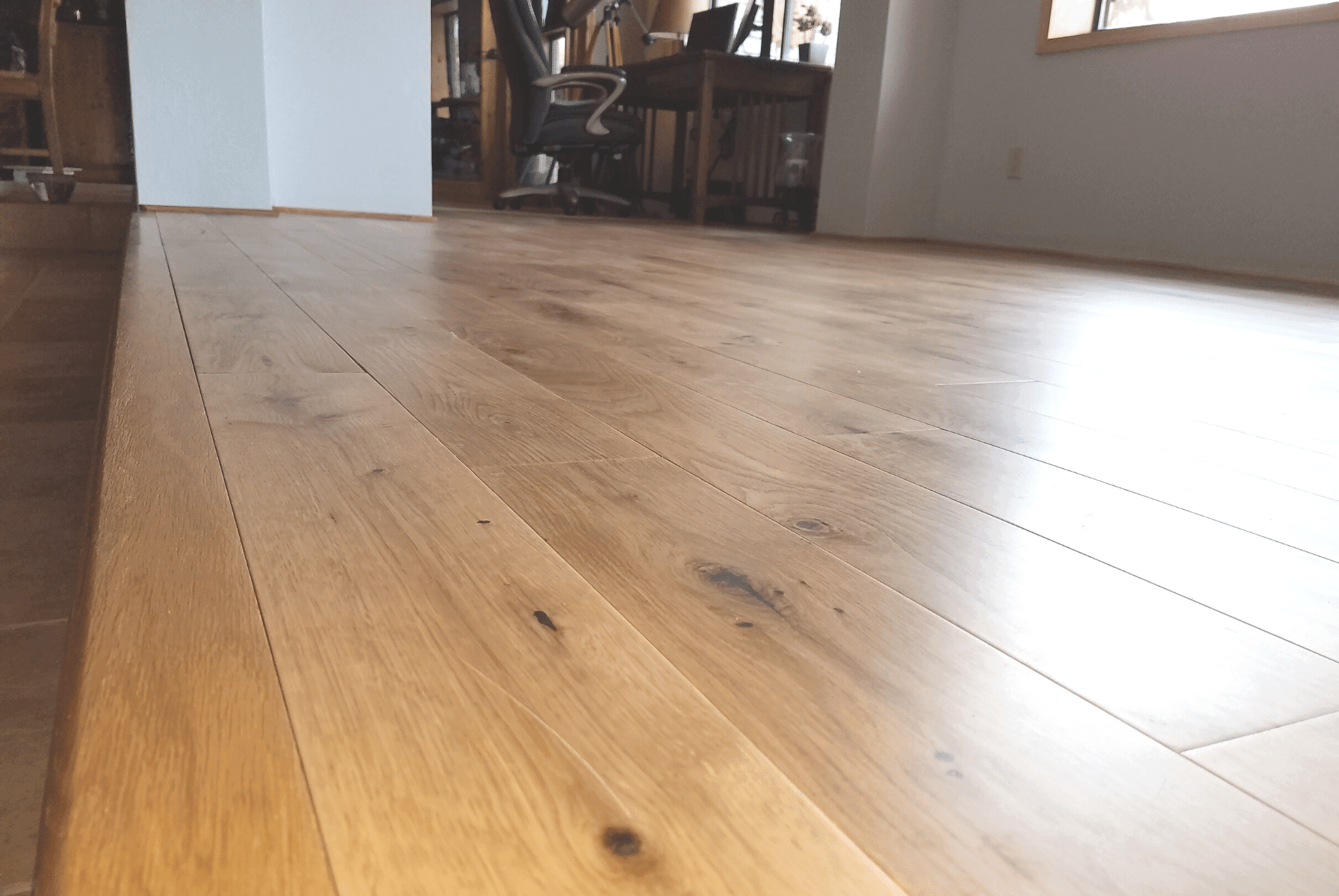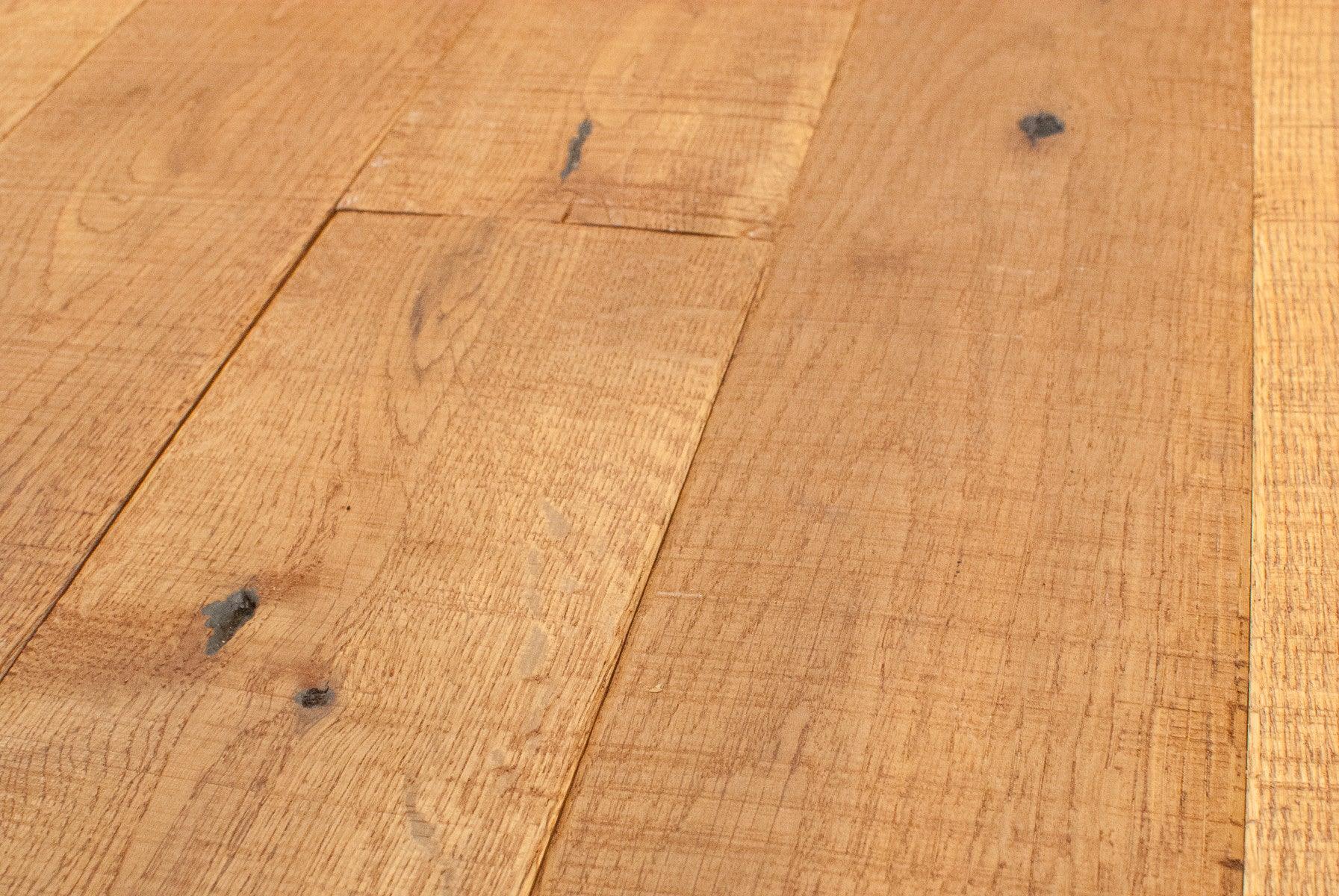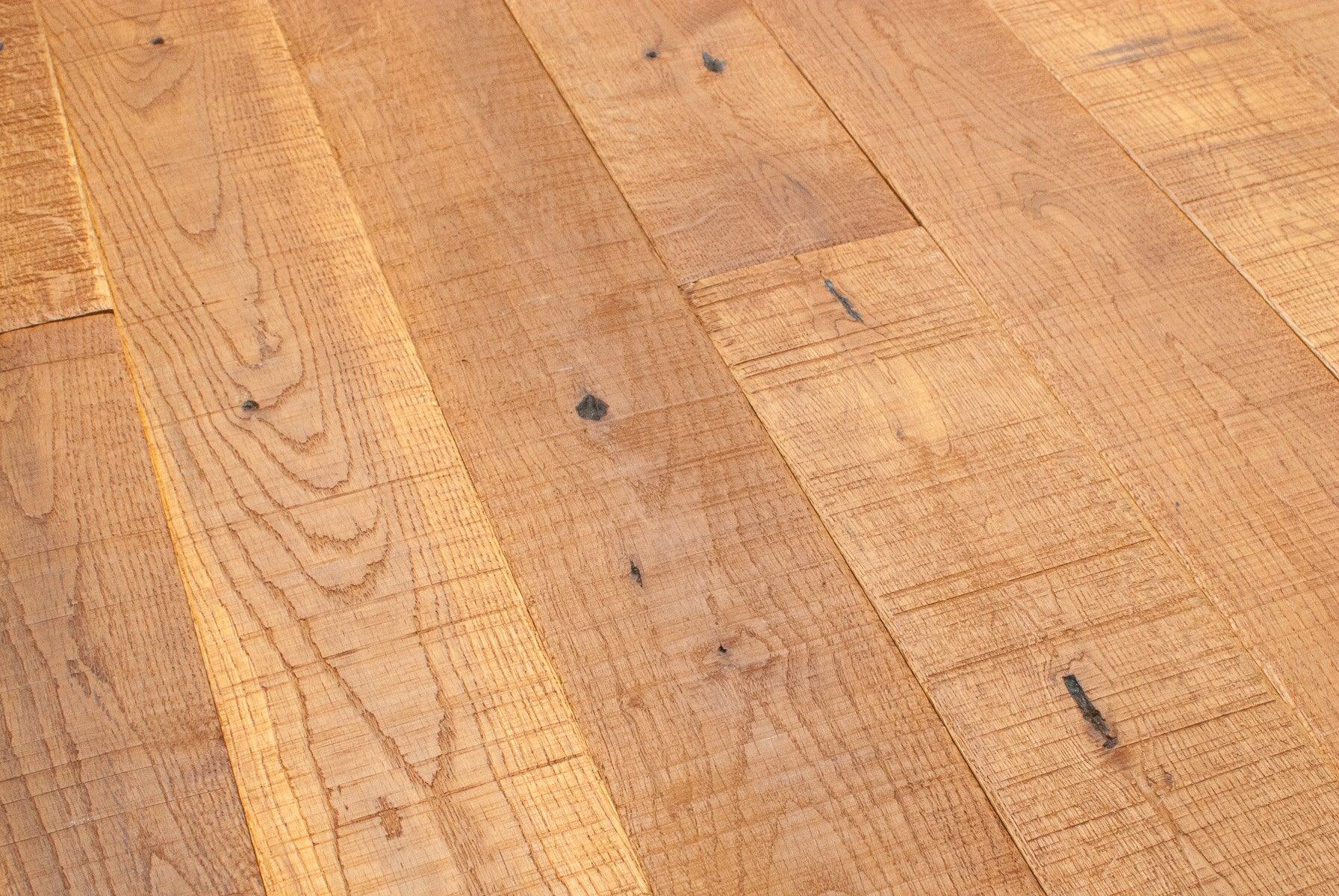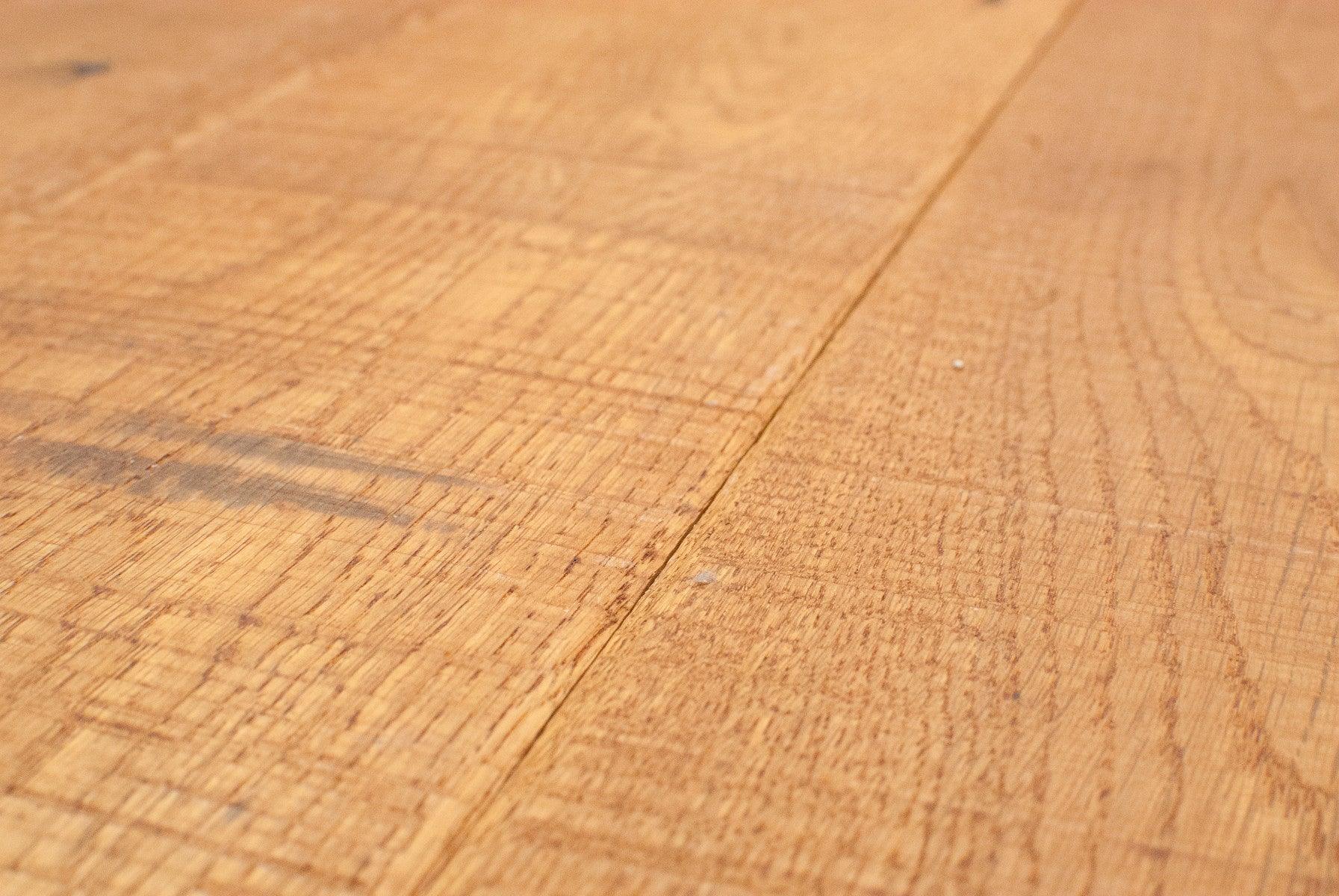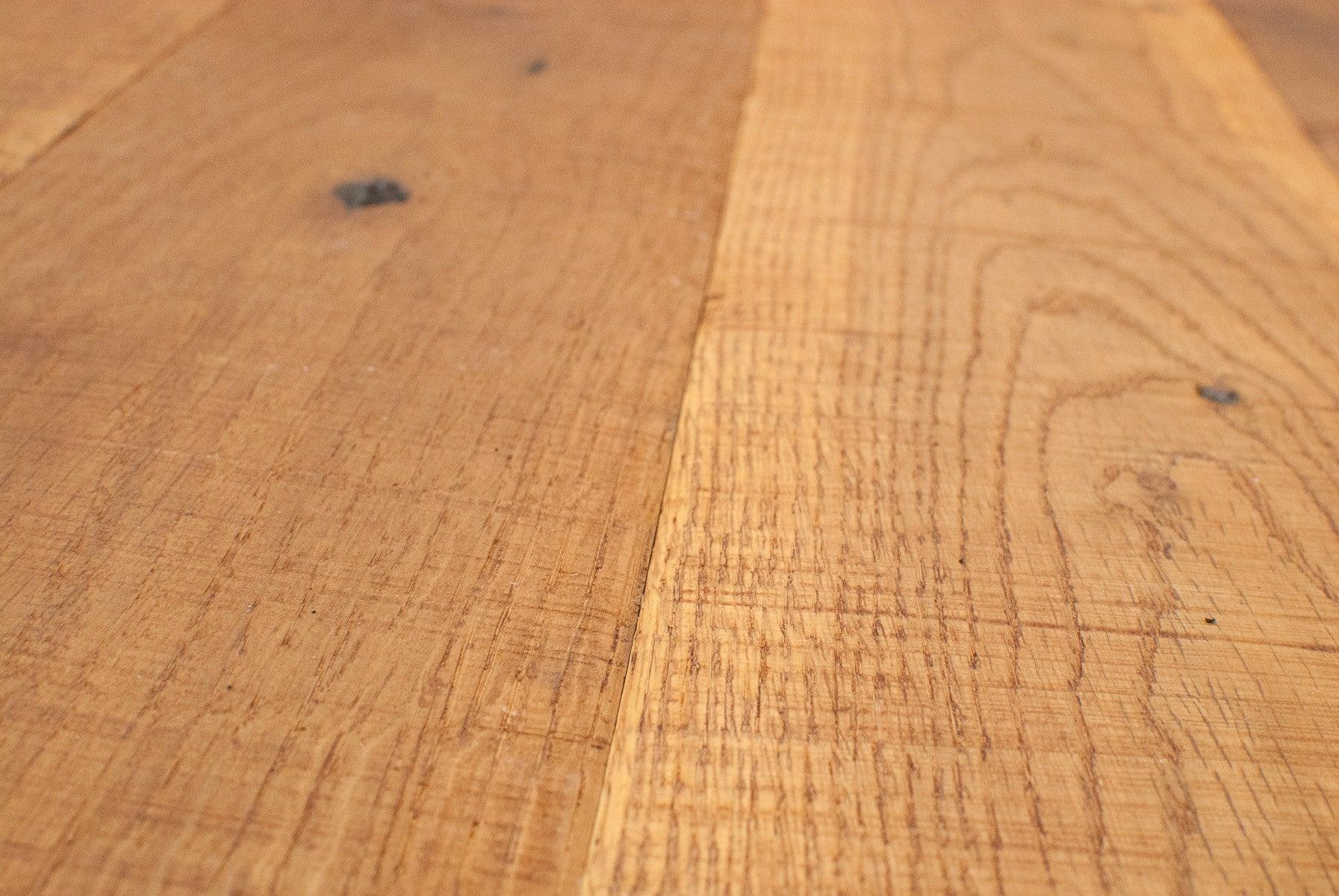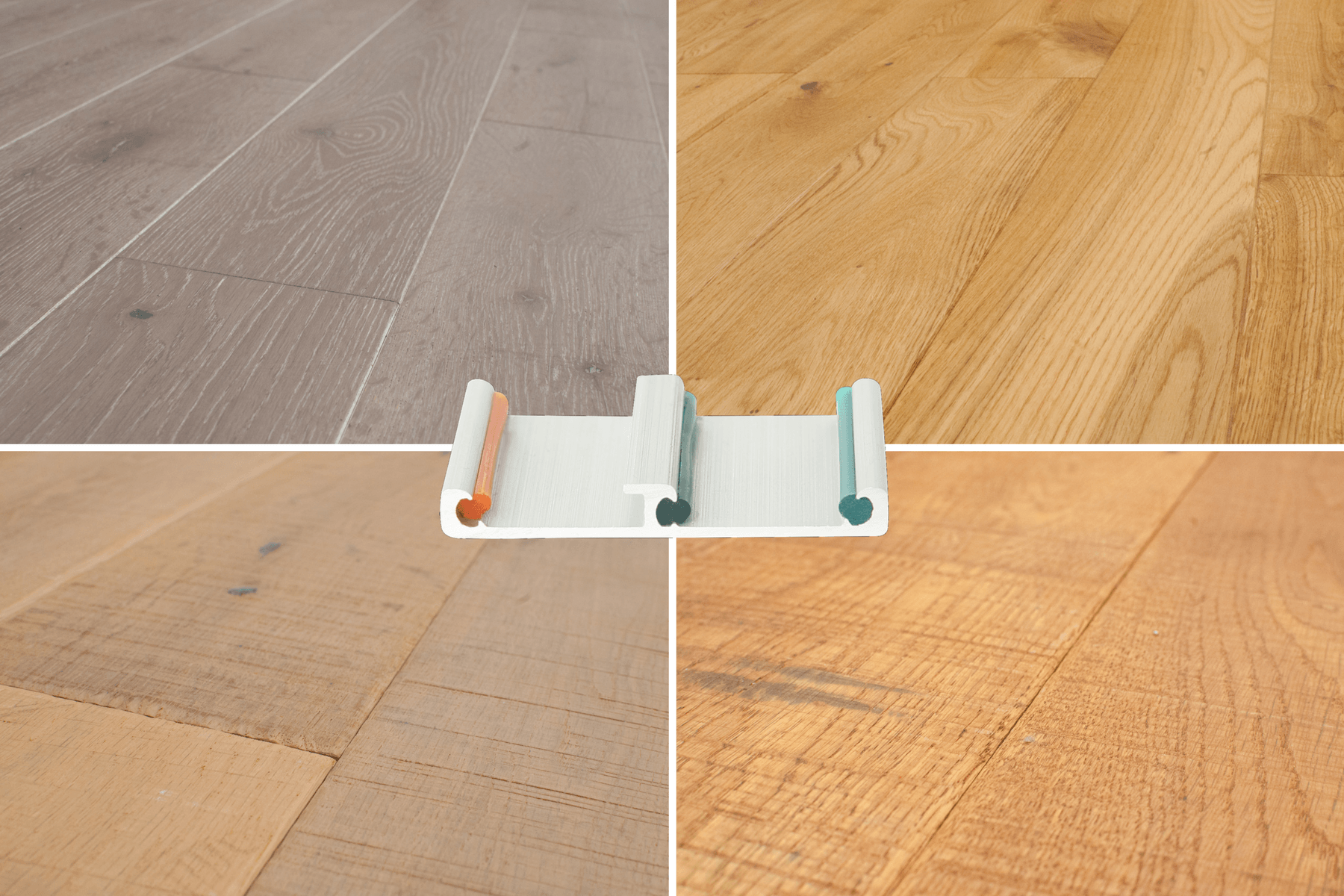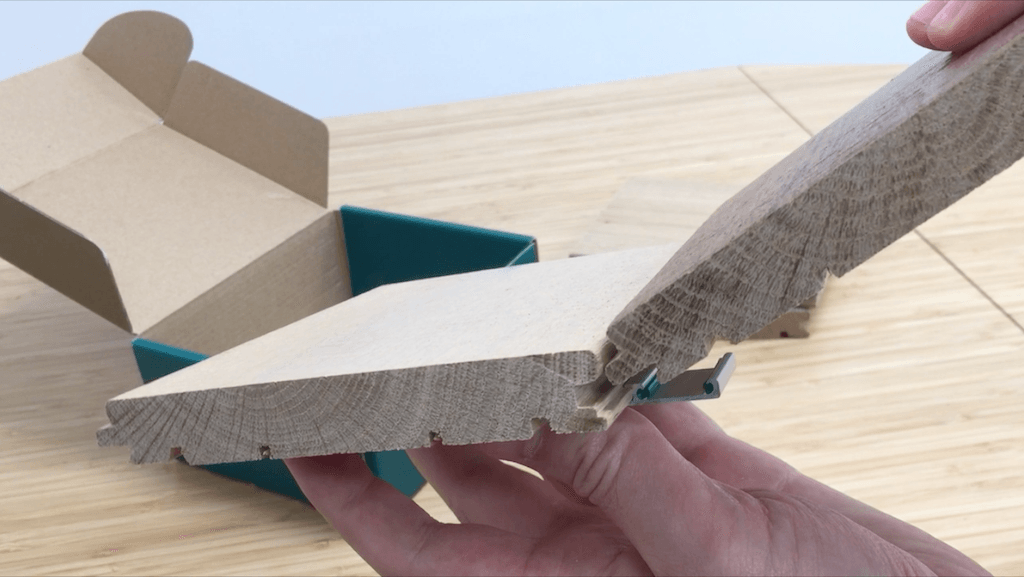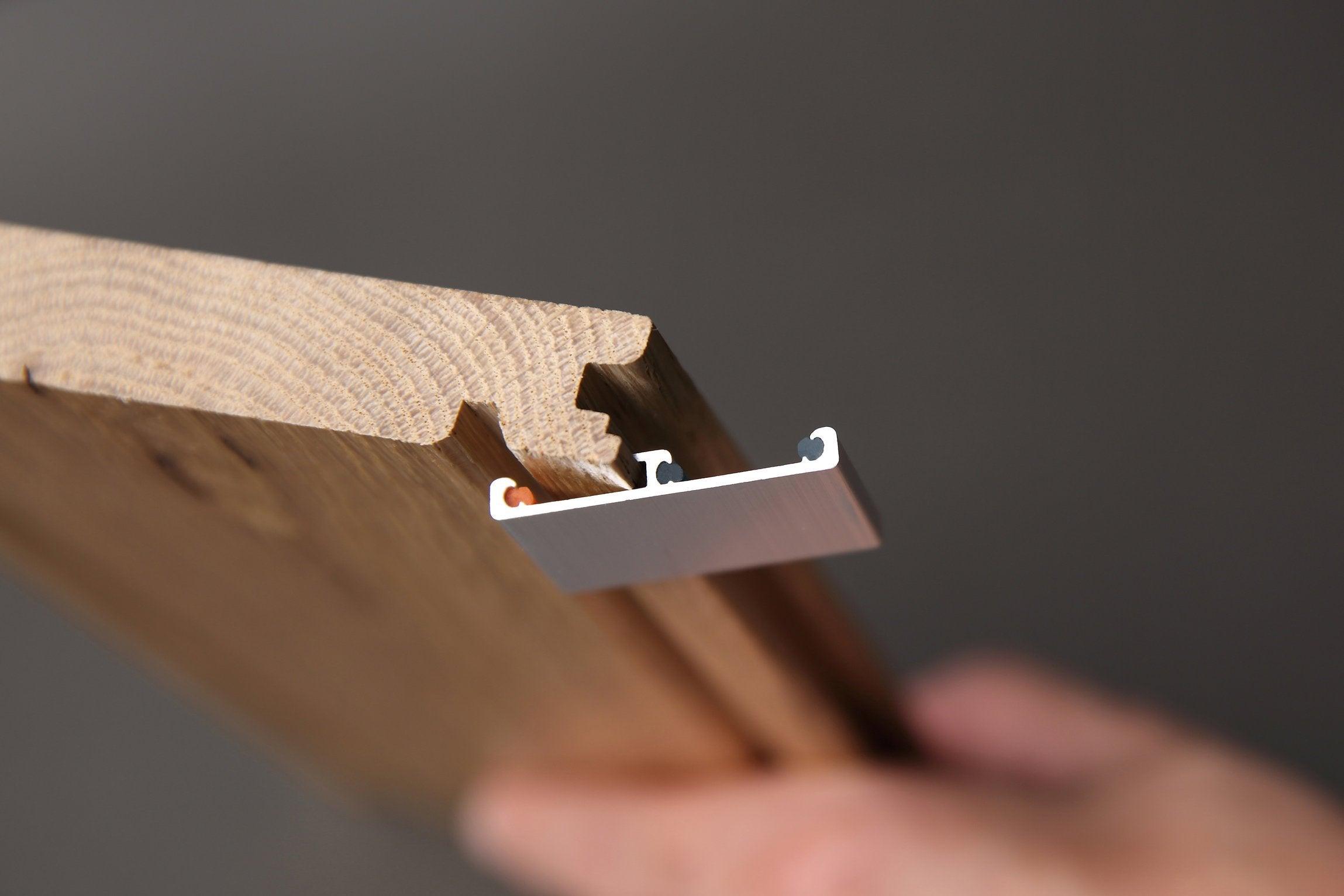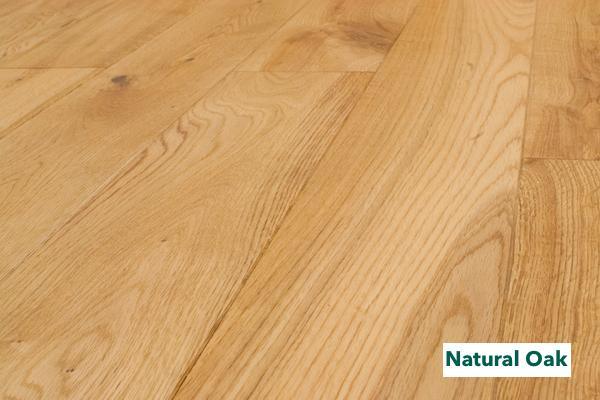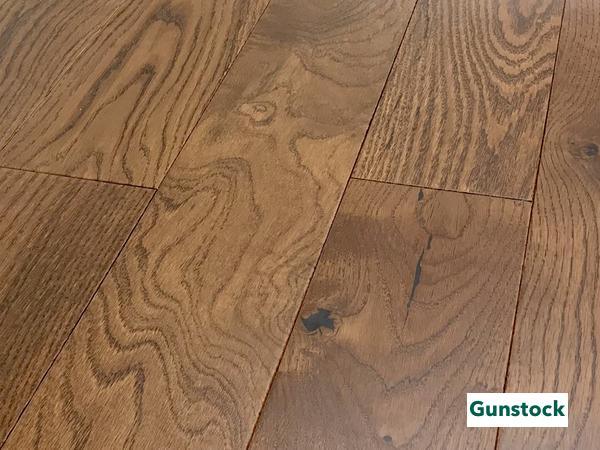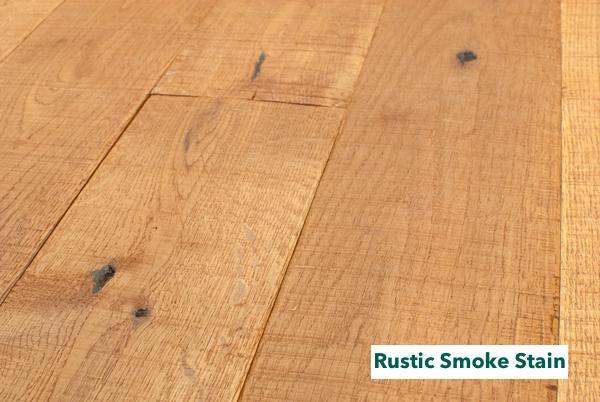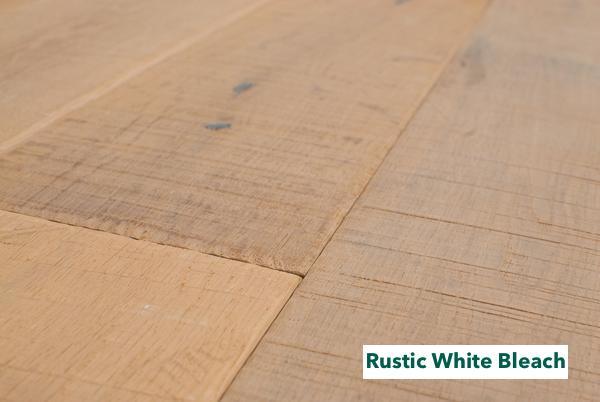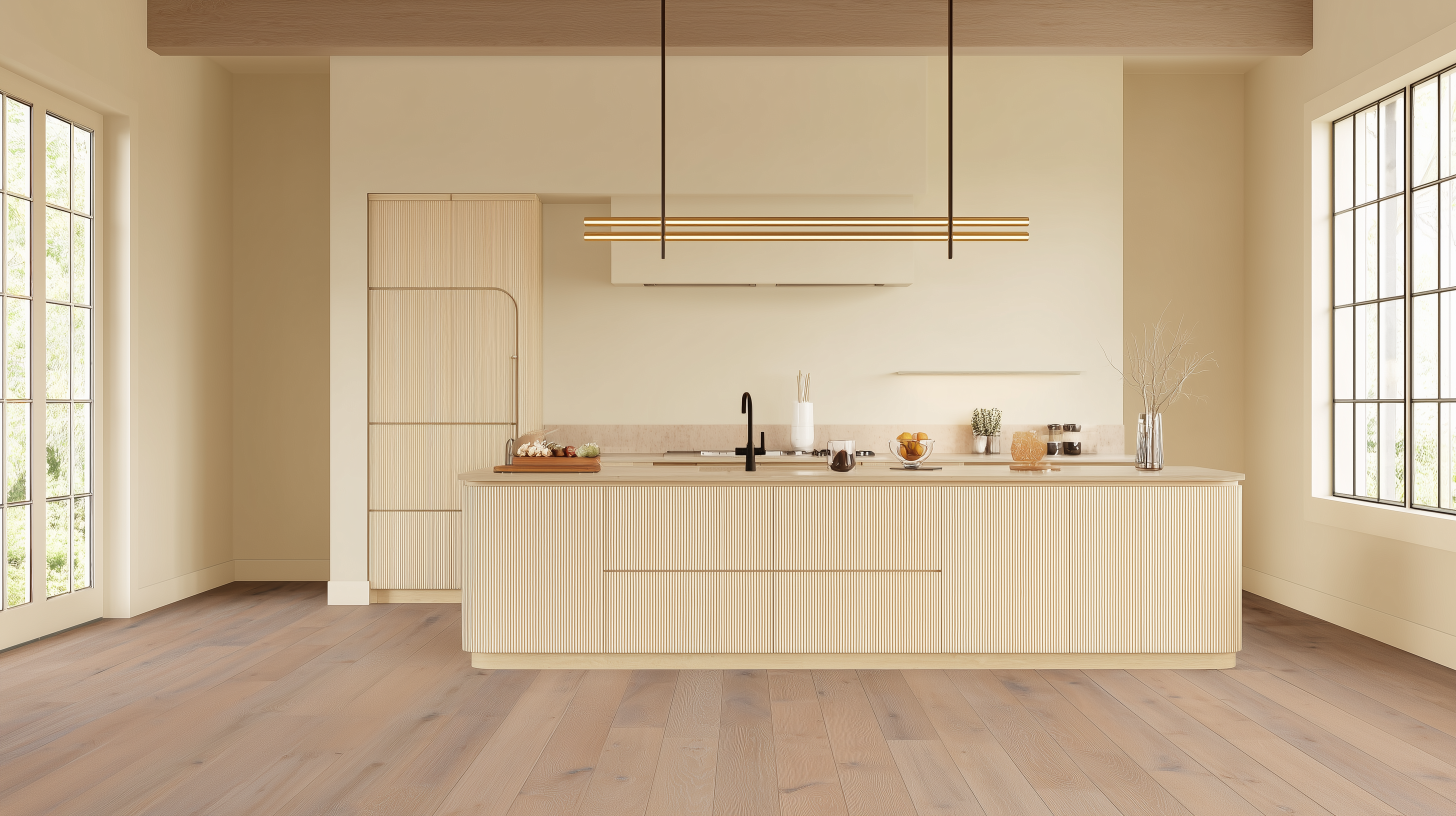If you want your hardwood floors to stay flat and flawless year-round, the secret lies in something most people never see. Hidden neatly behind the baseboards, the expansion gap is the silent safeguard of a long-lasting floor. This narrow strip of space allows wood to breathe with seasonal shifts in humidity. Without it, boards can lift, crack, or buckle—turning a beautiful investment into a costly headache.
What Exactly Is a Hardwood Floor Expansion Gap?
Bear in mind that any hardwood floor, especially a floating hardwood floor, moves all the time based on the room’s humidity. A solid hardwood floor expansion gap allows for this movement. When installing a hardwood floor, it is critical to leave a gap around the room’s perimeter and anywhere the hardwood flooring meets a vertical surface. That includes all doorways, fireplaces, columns, and around any pipework.
Why Every Solid Hardwood Floor Needs Breathing Room
As we mentioned, you need to keep space around every vertical object. The gap is critical for a solid hardwood floor to lie flat throughout the various seasons and humidity changes. If the hardwood planks have no space to expand, they can start to lift or crack.
For example, for red oak hardwood flooring, expect it to move 1/16” for every foot across the grain. That means, in a 16 ft wide by 20 ft long room, you’ll need a 1-inch expansion gap, 1/2inch on each side.
The recommended expansion gap for the engineered hardwood floor is 8mm (5/16 in). For hardwood or bamboo flooring, leave a gap between 10 to 15 mm (3/8 to 5/8 in).
To see more details, view this video.
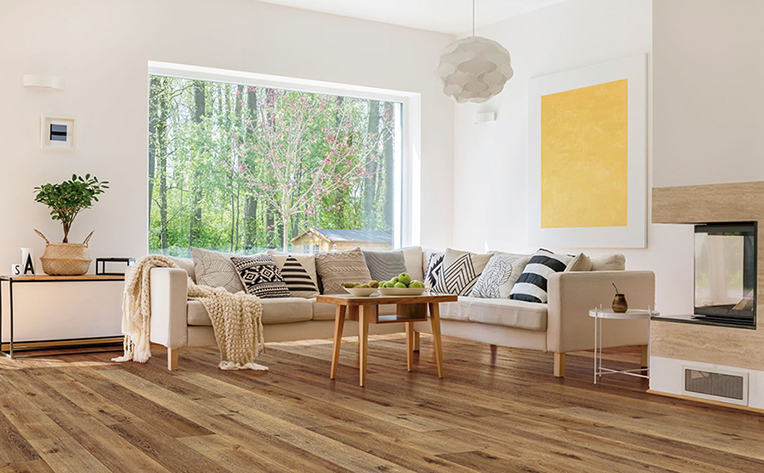
Five Common Mistakes That Stop Floors from Moving
As we’ve mentioned, wood reacts to changing relative humidity (RH) and temperature levels daily. It needs to expand or contract evenly across the entire hardwood floor area. Wooden floor expansion problems happen when the hardwood floor gets obstructed, it can buckle, crown, lift and cause squeaks. Here are five common mistakes that cause these issues.
- Excess Moisture – The hardwood floor may have the correct expansion gap, but there is too much moisture getting into the boards. Excess moisture causes the hardwood flooring to expand more than the gap can handle. Test the site conditions to see if the air has too much humidity or there is moisture wicking up below.
- Excess Moisture from Below – Although the subfloor may have tested dry, there is a possibility that the space below, such as a wet basement or a crawl space, has excess moisture. Check that all areas around the hardwood floor, above and below, meet humidity specifications.
- Forgotten Pinning or Spacers – To create a proper expansion gap, installers place spacers between the first board and the wall or other obstacle. One shortcut to spacers is to drive a few brads, called pinning, into the first board to hold it in place. If the installer forgets to remove the pins or spacers, there is essentially no gap.
- Railings or Other “Pinch Points” – Sometimes, other trades install permanent fixtures through the hardwood floor and anchor them into the subfloor, such as stair railings or cabinets. Once anchored to the subfloor, it prevents the hardwood floor’s natural movement. Doorways and columns are other pinch points. Without a gap, the boards come under pressure, causing them to rise.
- Excess Adhesive – Occasionally, floor transitions, such as door thresholds, have too much adhesive. The excess accidentally spreads, bonding the transition molding, flooring, and subfloor together, preventing the hardwood floor’s movement.
Hindering the hardwood floor’s movement for any reason means that it will build pressure in the form of one or more raised joints.
How Different Floors React to Humidity
Hardwood floors move naturally as the seasons change. Solid Hardwood has hygroscopic properties. Like a sponge, as it absorbs moisture, it expands, and as it dries, it contracts.
Wider boards expand and contract more than narrower ones making the gaps more noticeable in hardwood floors with wide planks. A hardwood floorboard expands and contracts much more across its width than its length.
Engineered vs. Solid: Who Expands More?
Hardwood Floors Magazine and Purdue University experimented using a sample of solid oak and engineered wood flooring. You can read the details of the experiment in the article, Expansion of Solid and Engineered Rift White Oak Flooring with Increase in Moisture Content.
The experiment included two separate tests using a sample of 4-inch solid rift-cut white oak hardwood flooring and another sample of 4-inch rift-cut engineered hardwood flooring with a 4-mil sawn wear layer and an 11-ply platform. The samples were left outside but covered to react naturally to the temperature and humidity.

The results showed that engineered wood flooring expanded about three times less than solid oak. The oak wood flooring sample expanded in width 0.064 inches or about 1/16 of an inch (about 1.6%) when the humidity changed from 7.4 percent to 14.8 percent moisture content.
However, the engineered wood flooring expanded just 0.02 inches or 0.5%. The cross laminates in the base material accounted for the lower wood flooring expansion and contraction. If you plan to use solid hardwood, it is critical to include expansion gaps and proper humidity control in the rooms for best performance.
The board’s width has a lot to do with movement. An 8-inch wide plain sawn plank of white oak flooring shrinks twice as much as a 4-inch board of the same cut and species.
This promotional video for bamboo wood floors provides good visualization and strategy for using expansion gaps.
For most rooms, add an expansion gap around the perimeter of 10mm to 15mm or 3/8 in. to 1/2 in. Use spacers around the wall cut to the desired width.
How Do You Cover the Hardwood Flooring Expansion Gap?
Homeowners and DIYers ask, “Will the expansion gap make my hardwood floor look unattractive?” The gap will preserve the hardwood floor’s integrity and its beauty by allowing it to move freely.
No one should ever see an expansion gap after installing the baseboard molding. The baseboard or skirting will cover any gaps between the floor and the wall for a tight finished look. Other gap-covering accessories include beading or shoe molding, T-moldings, vent covers, and pipe covers.
Baseboard moldings hide the expansion gap and protect the wall from getting kicked with feet, scratched with toys, or bumped with the vacuum cleaner.
Keeping a Floating Hardwood Floor Flat
Solid hardwood floor expands more than an engineered wood floor. However, when either wood floor is a floating floor, they expand across the entire room as one unit. A floating hardwood floor must move freely over the subfloor. When installing any molding or skirting, never attach it to the wood floor. Nail or glue it to the wall so that the floor is free to slide underneath it.
There are other ways a hardwood floating floor can get pinned down. Did you know that heavy furniture and cabinets can weigh down the floor, preventing it from moving? If a heavy bookcase or island sits atop one end of the floor, the entire hardwood floor will only have one direction to expand and contract. The expansion gap may not be wide enough on one side to handle the additional movement and show a gap or create a crowning situation.
Avoid setting furniture or cabinets over 500 pounds directly on top of the floor. Instead, install those items first and build the hardwood floor with a gap around them. To see the issues and how to avoid them, watch “Understanding Hardwood Flooring Gaps.” It’s a good overview of the topics we discussed.
Does Your Floor Have Enough Gap?
Are you having issues with the wood floorboards lifting or crowning? Chances are there is not enough expansion gap, or it’s pinned down somewhere. The fastest way to check is to remove the baseboard. You can tell if the hardwood floor has enough gap or if it’s pinned down.
The Hidden Detail That Protects Your Floors
Hardwood floors are living, breathing surfaces that respond to the rhythm of the seasons. Expansion gaps aren’t just a technical detail—they are essential to preserving the integrity and beauty of your floors. By planning for natural movement, you’ll prevent issues like buckling, crowning, or gaps and ensure that your hardwood remains level, seamless, and timeless for years to come. Whether you’re working with wide-plank oak or engineered options, the principle remains the same: give your floors room to move, and they’ll reward you with lasting elegance.
Ready to install hardwood floors the right way? Explore Easiklip’s solid white oak floating floors, designed to expand and contract naturally without glue, nails, or hassle. Our patented aluminum clip system makes installation simple, while built-in expansion protection keeps your floor beautiful through every season.
👉 Discover Easiklip flooring at https://easiklip.com/collections/all-products.
